____________
Sarah Cusimano Miles Brown Bear (Ursus arctos), 2010
Bear rug

____________
Jordan Baseman The Cat And The Dog (1995)
Skinned cat and dog with modelled heads

______________
Harriet Horton Hebim, 2015
‘This piece is a domestic squirrel taxied over a hand carved foam skull and skeleton, using the measurements of the creature’s own original skeleton.’

______________
David Shrigley I’m Dead, 2011
Taxidermy cat, paper, wood, ink

____________
Kate Puxley Senza Terra Cats, 2012
Taxidermy Domestic Cats

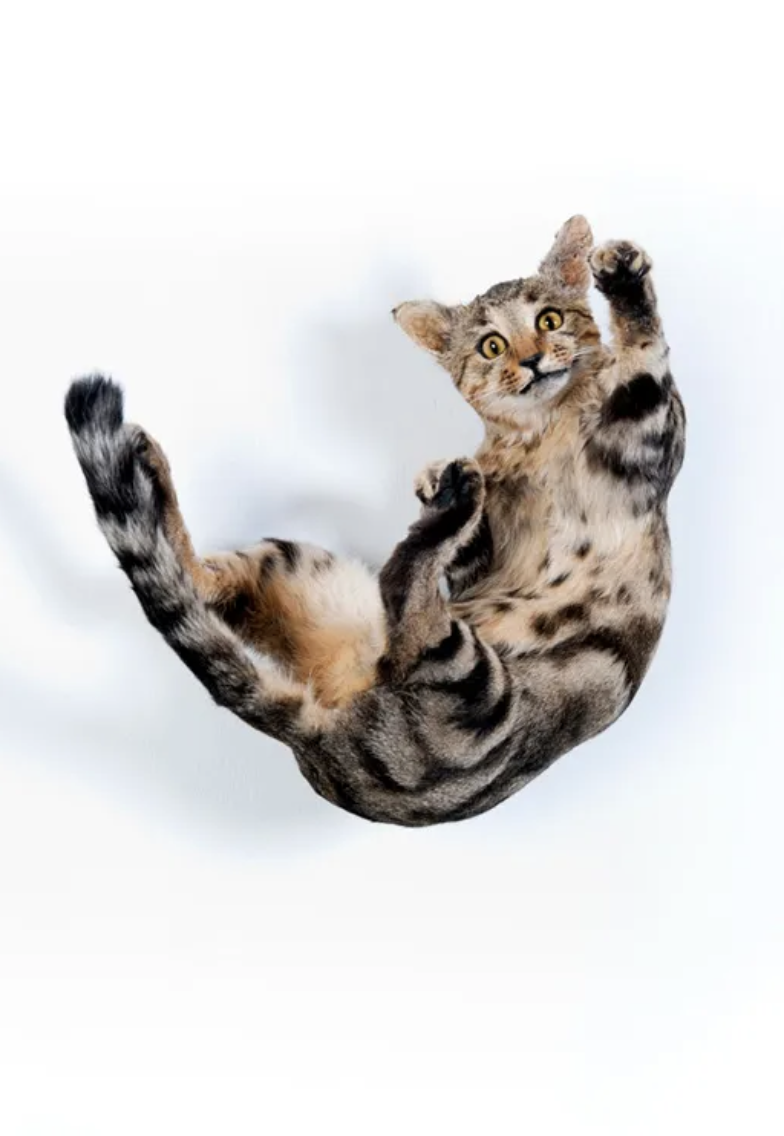
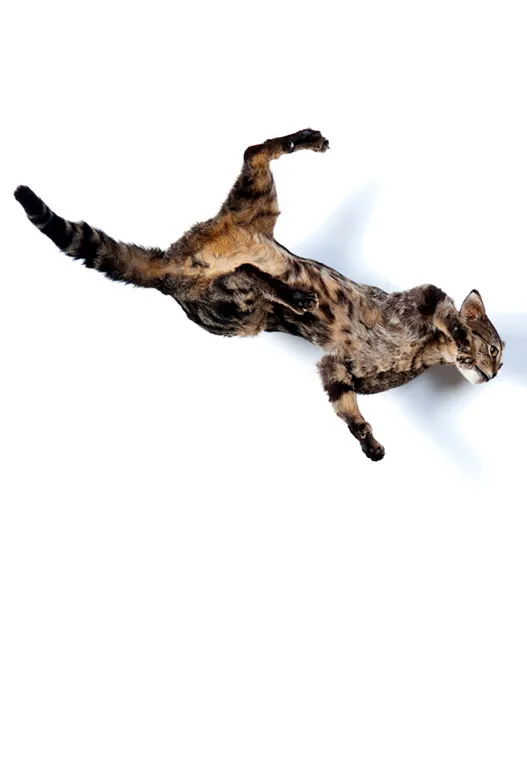

____________
Juliade Ville Various, 2012
‘Julia deVille’s interest in taxidermy comes from a love of animals and a desire to preserve them.’
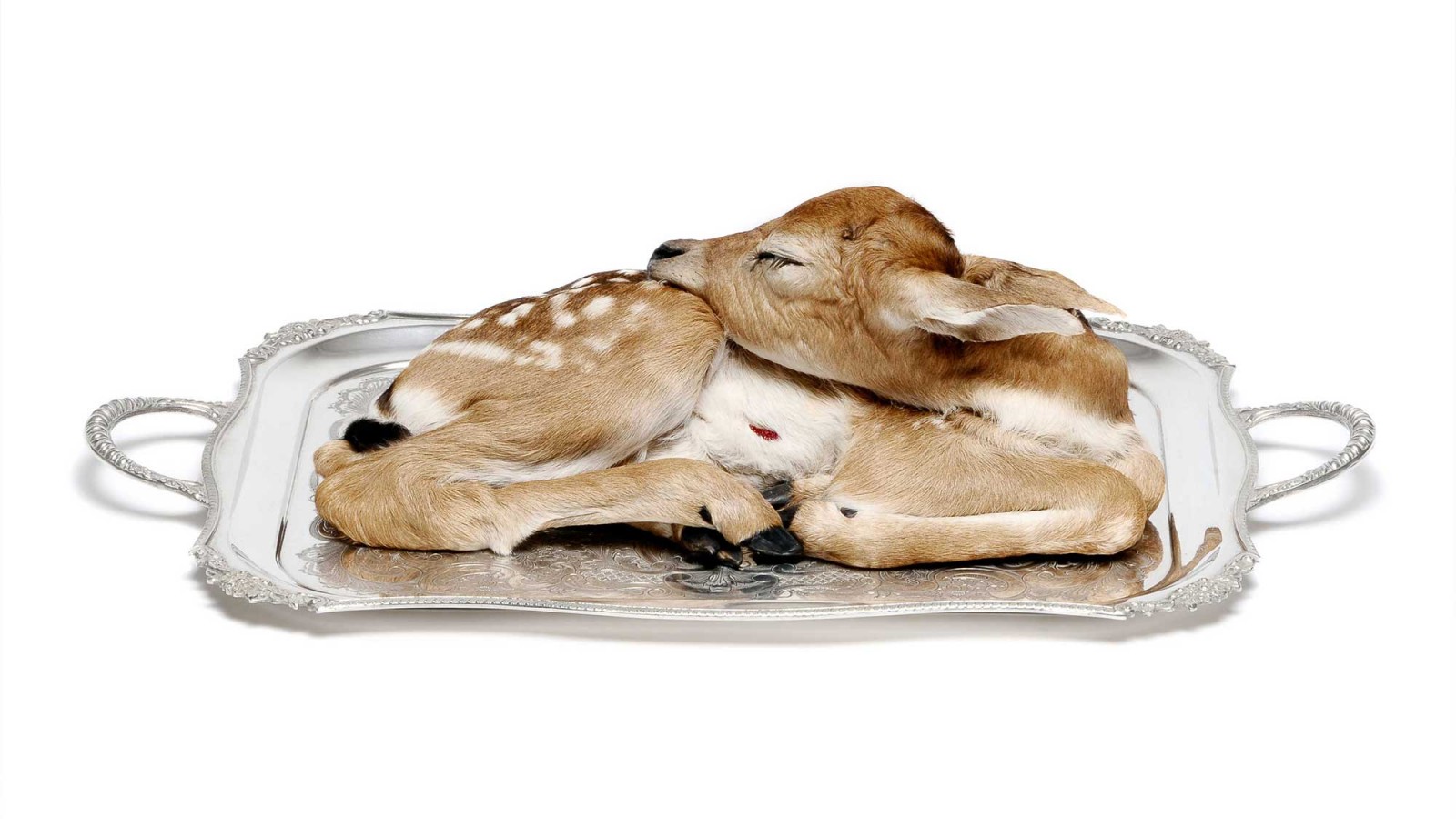
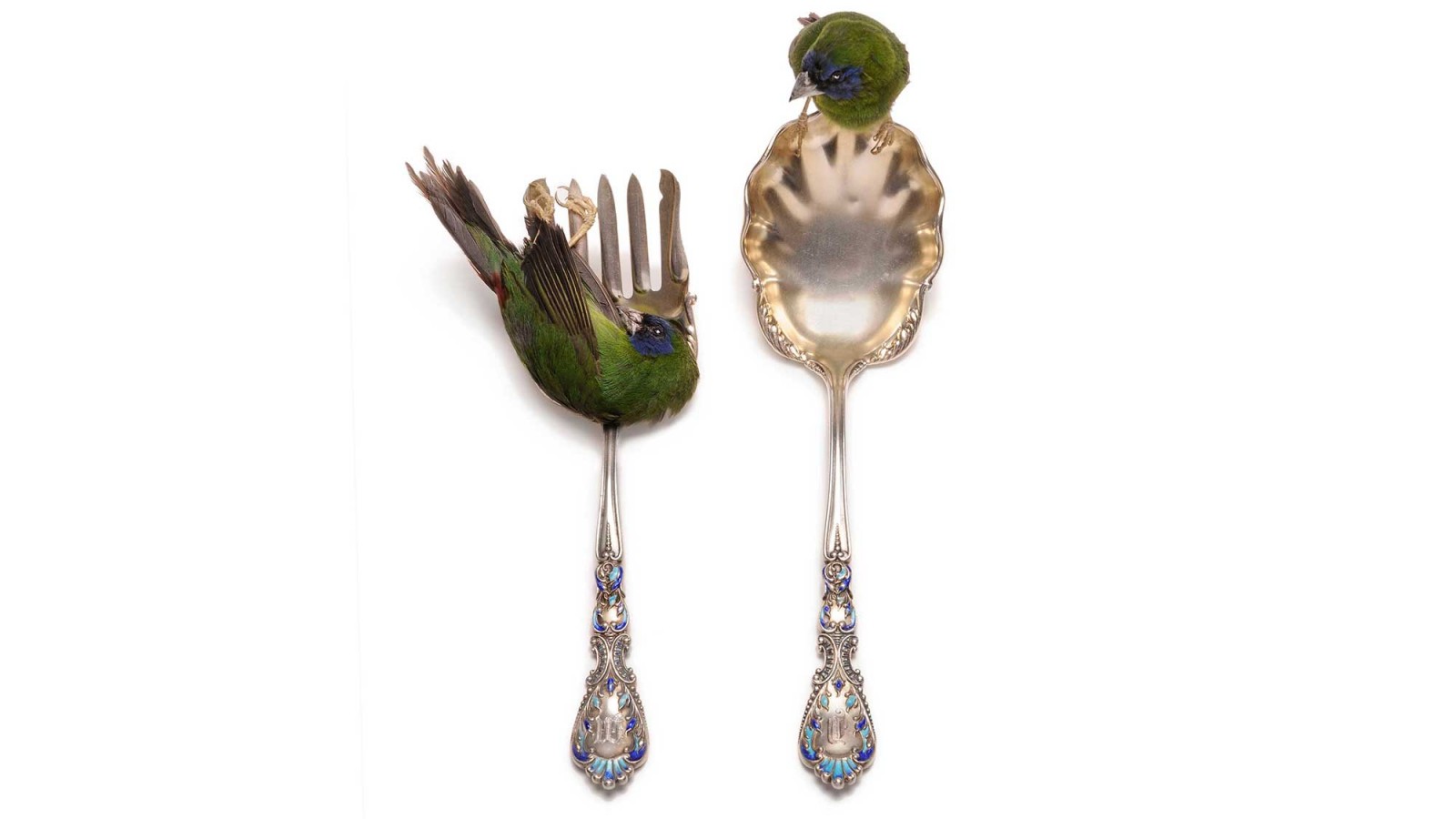
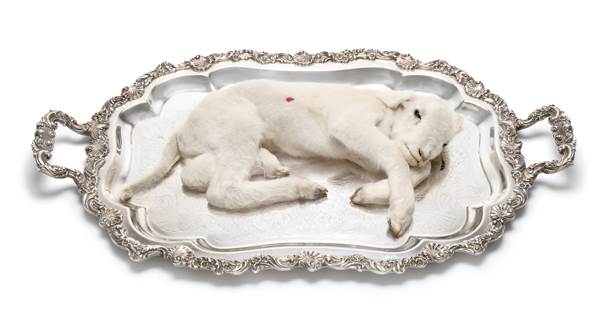
____________
Maurizio Cattelan Turisti, 1997
‘Ten taxidermied pigeons lifesize, dimmensions vary with installation.’
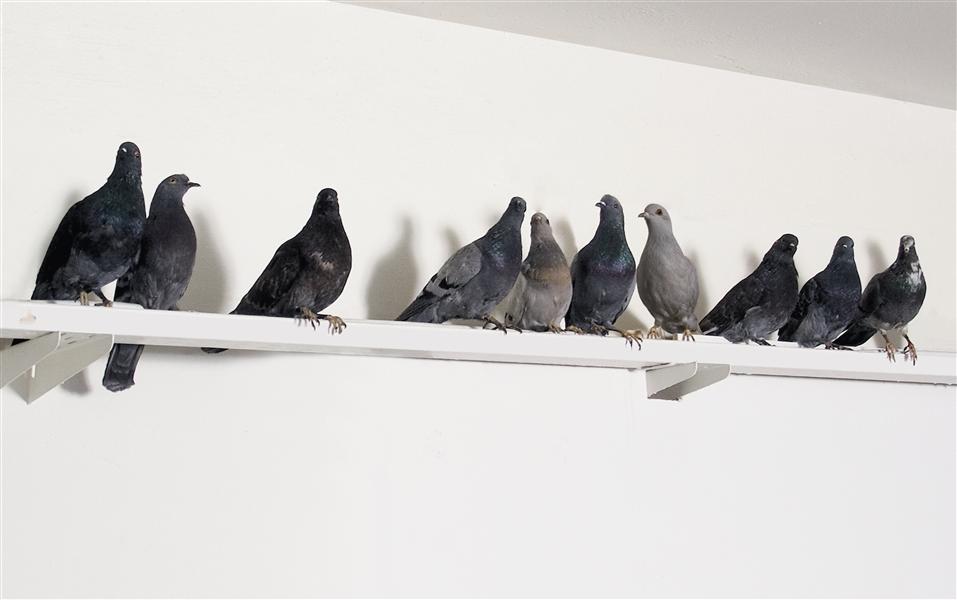
____________
Angela Singer Sore, 2003
‘Singer’s work uses animal bodies as a way to consider not only death and suffering, but also the subjectivity of the animal, and to reconsider the relationship between human and animal – how to “come face to face with an unnameable otherness” (Kristeva 1982, 59) and stabilize one’s own identity in relation to the Other. Whilst traditional taxidermy makes an individual animal an anonymous specimen of its species, botched taxidermy reveals “an identity, and is acknowledged as something not fixed but in flux”: “Alive” yet dead, bloody yet bloodless, Other yet somehow familiar.’

_____________
Maskull Lasserre Murder, 2012
19 charcoal crows and ravens
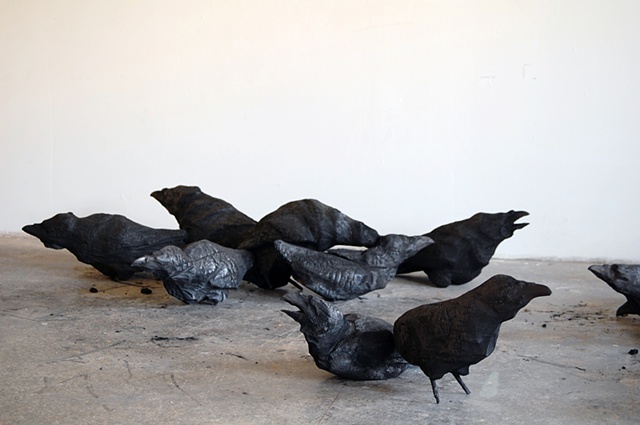
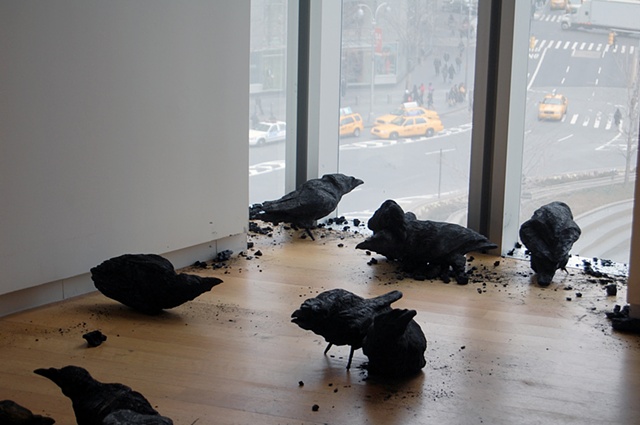
_____________
Pim Palsgraaf Multiscape 18, 2009
Taxidermy bird, wood, foam, modelhouses
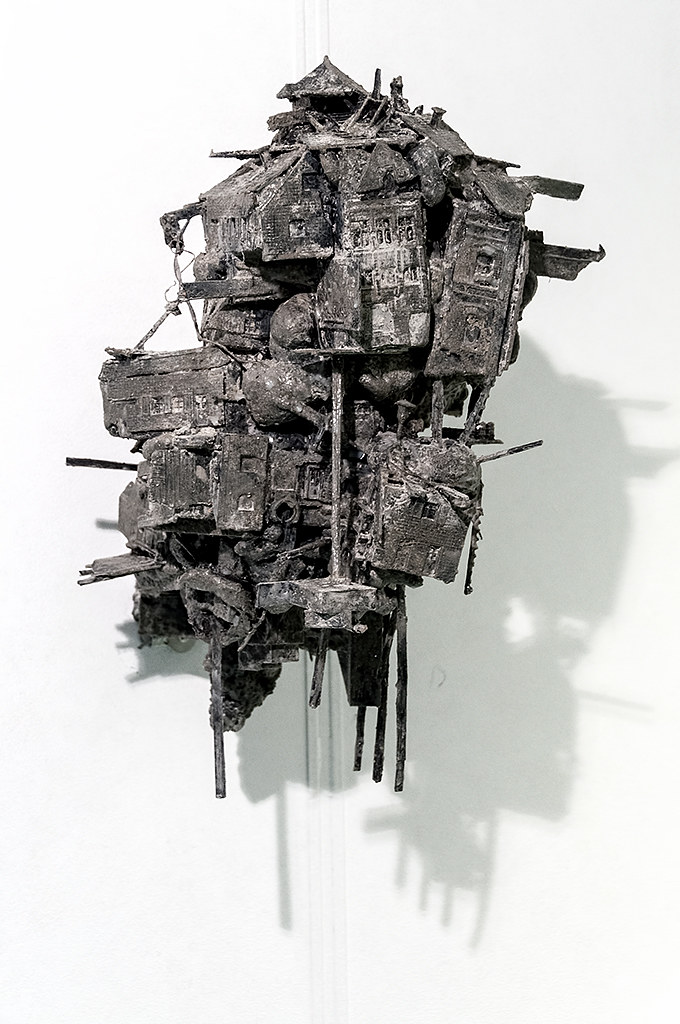
_____________
Katie Innamorato Cannulated Doe Terrarium, 2014
‘Katie Innamorato is a professionally trained taxidermy artist; winning awards and ribbons every year at various competitions and conventions.’
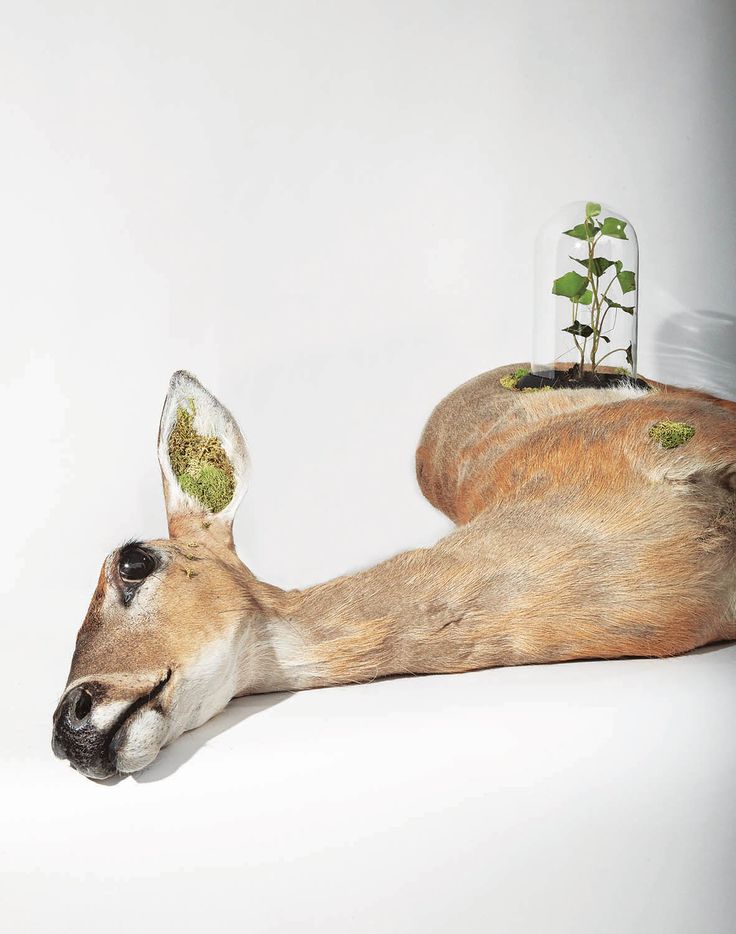
____________
Laurent Bochet from 1000°C, 2008
‘L’urgence était de conserver au mieux ce bestiaire fragile grâce à la photographie et rendre ainsi un dernier hommage à ces créatures d’os, de fer et de paille, morts une deuxième fois.’
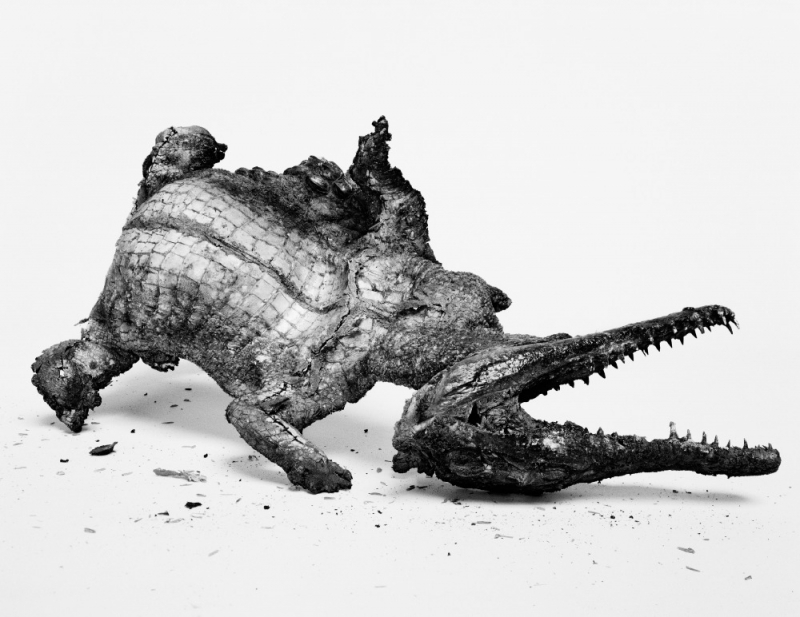
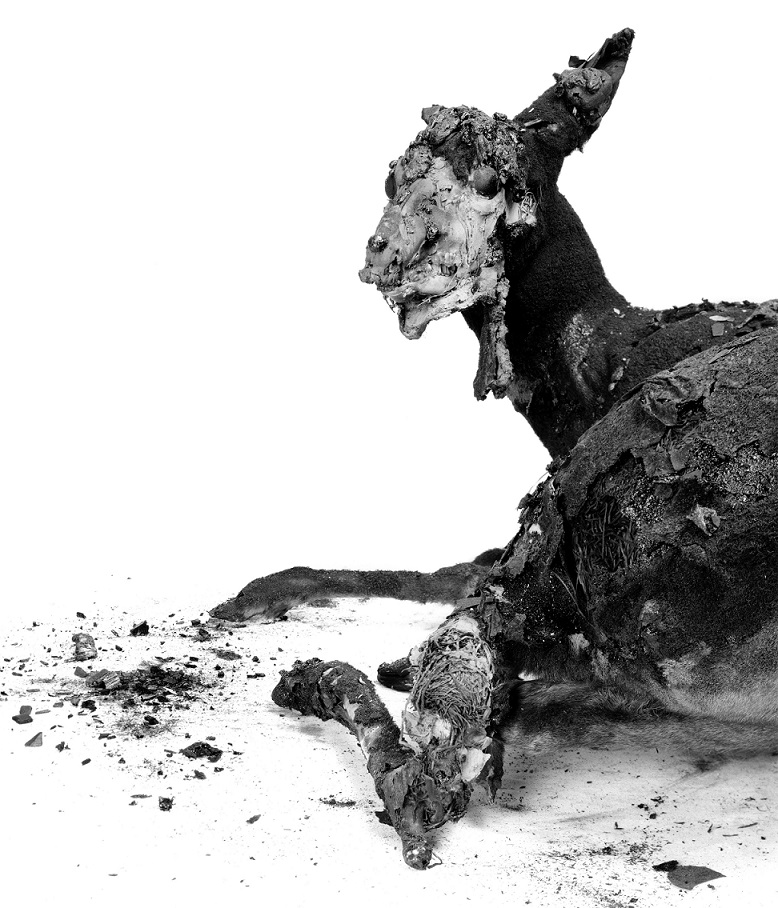
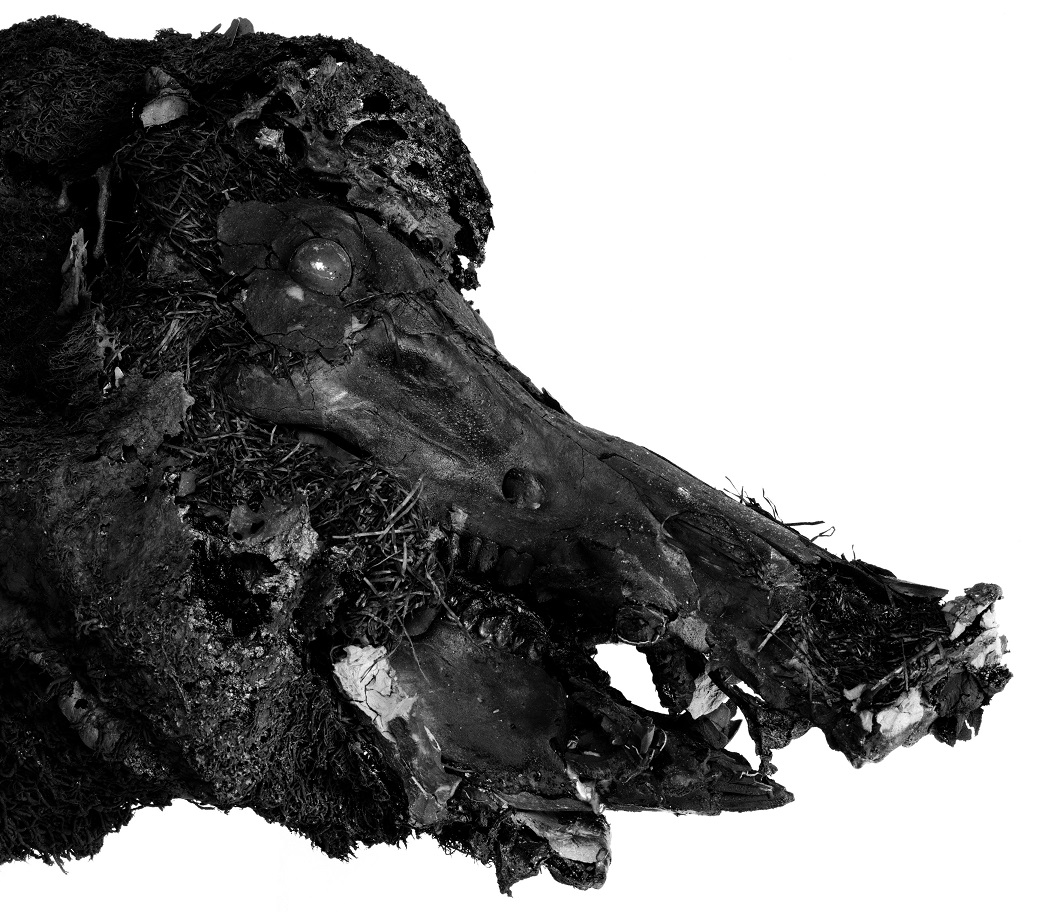
_____________
Cole Swanson Specimen Hides, 2015
‘This collection of miniature paintings investigates historical relations between species by engaging alternative presentation methods. Widely accessible as decorative throws, cattle hides are represented in miniature as entomological specimens.’
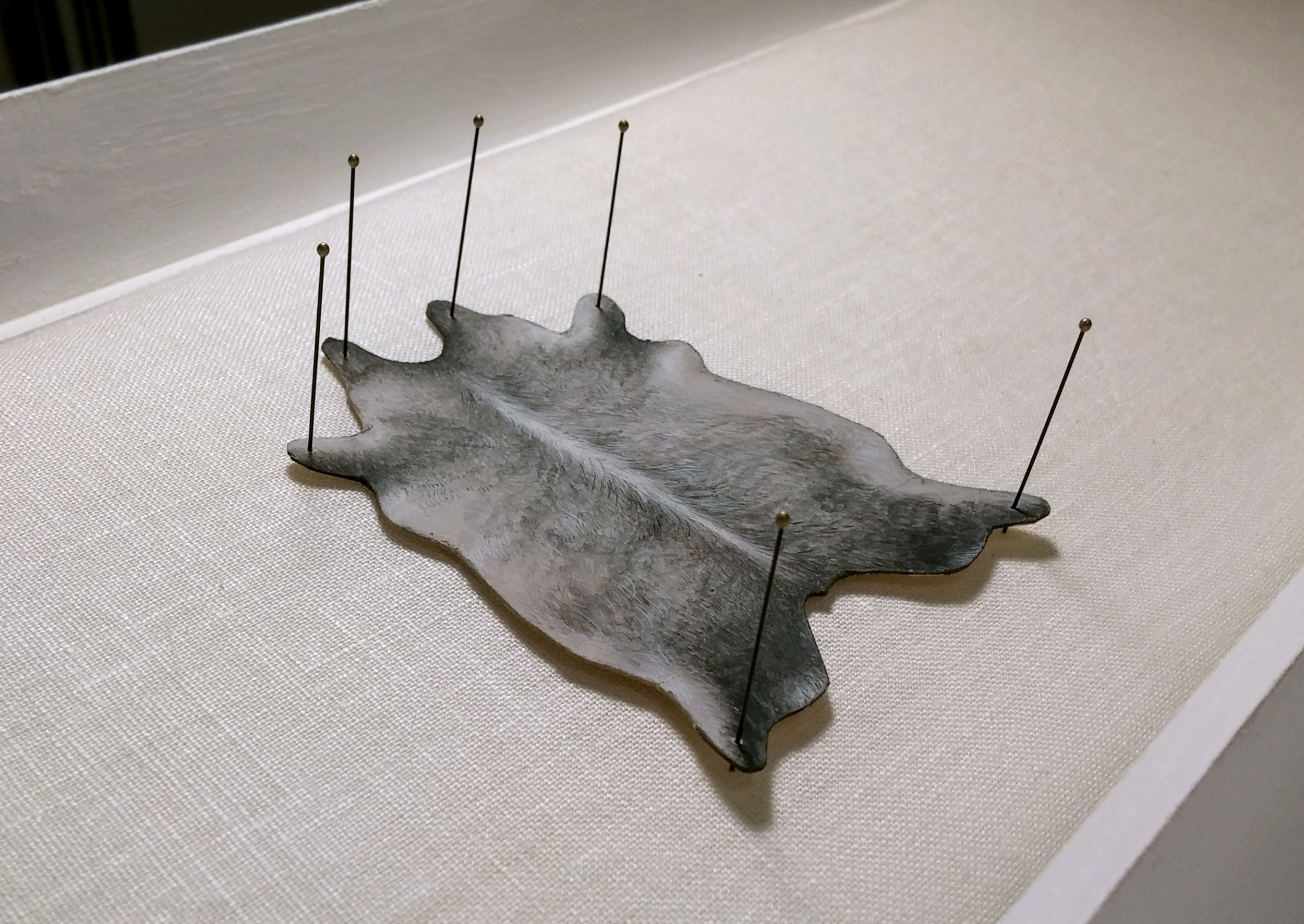
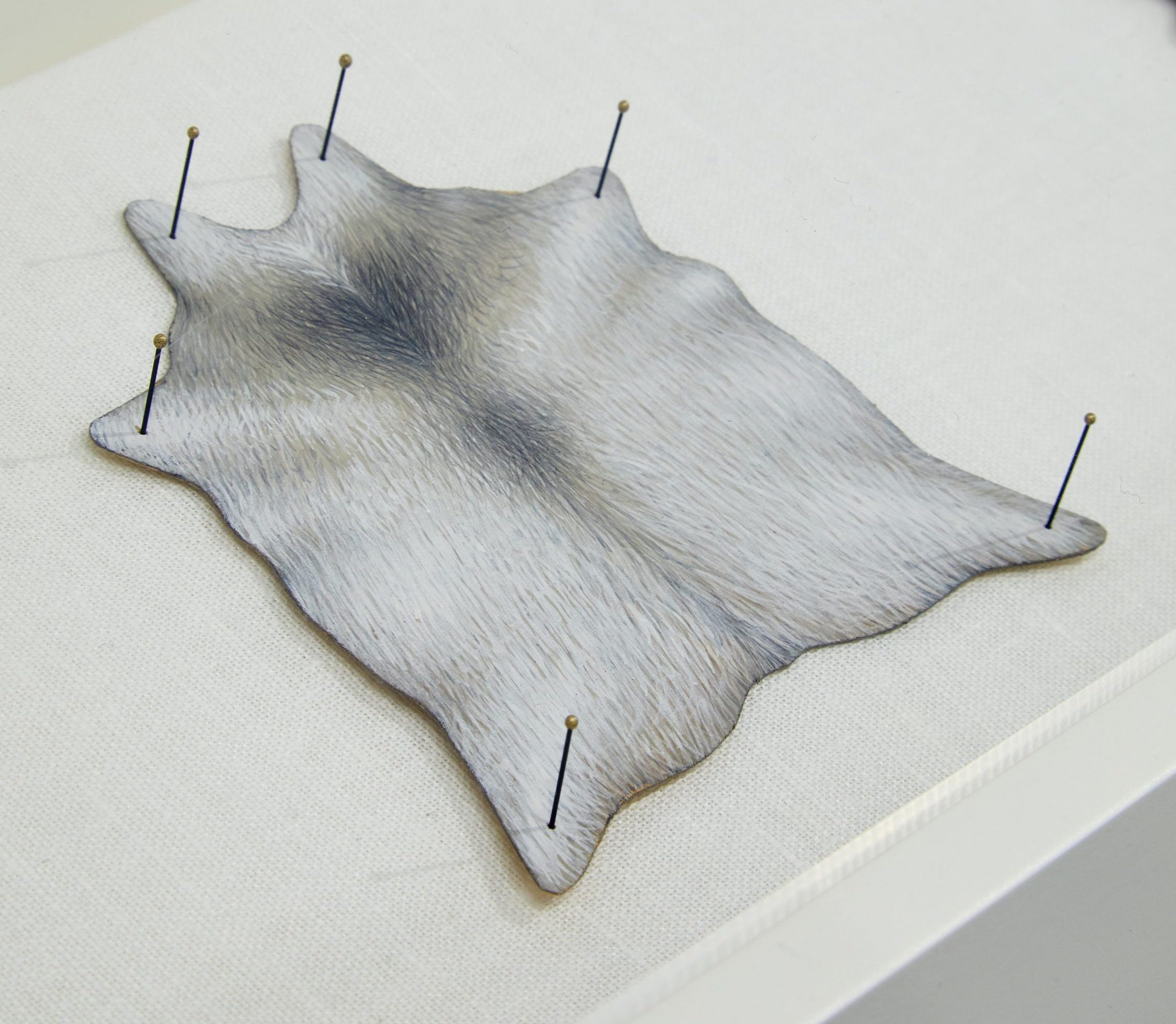
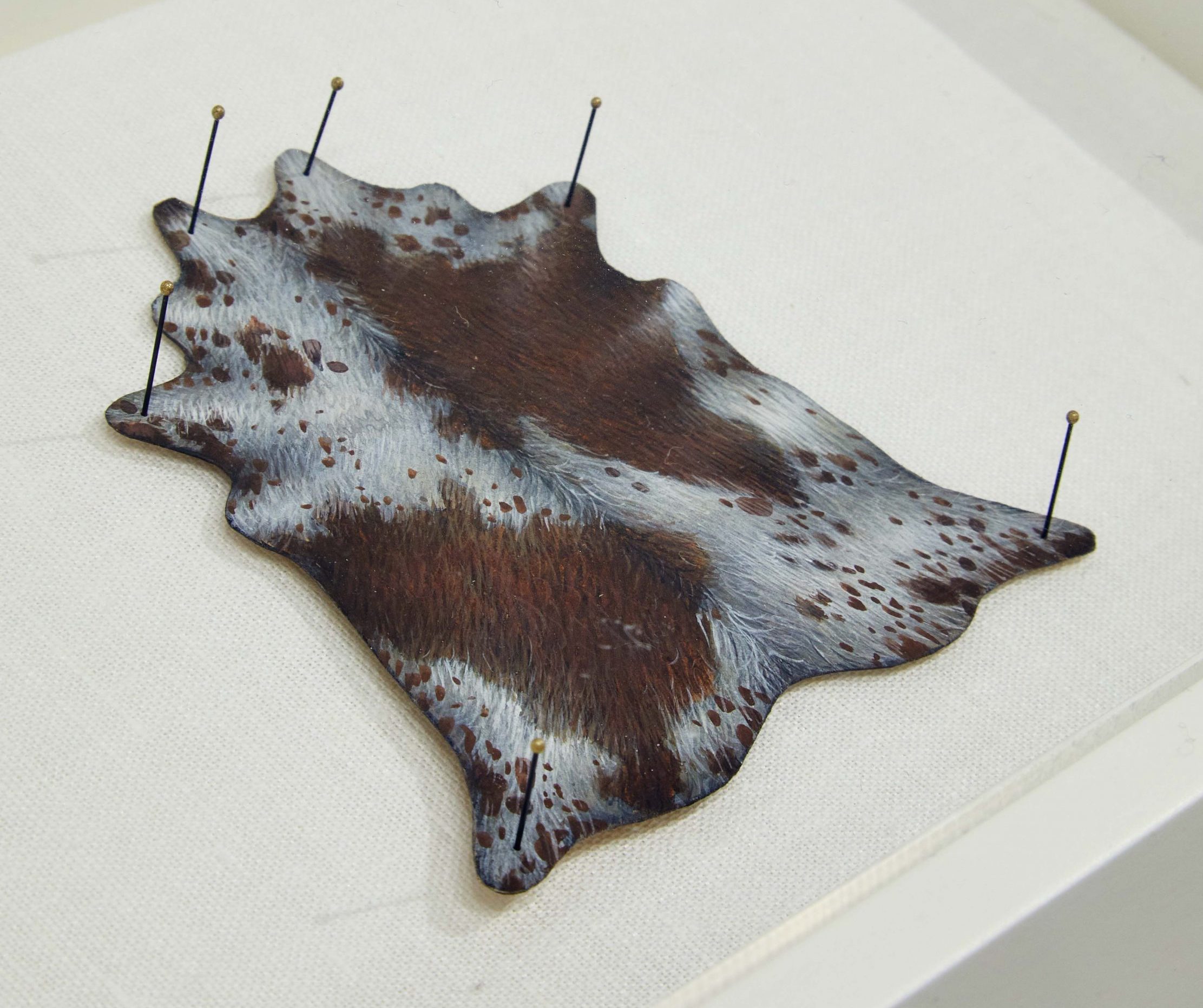
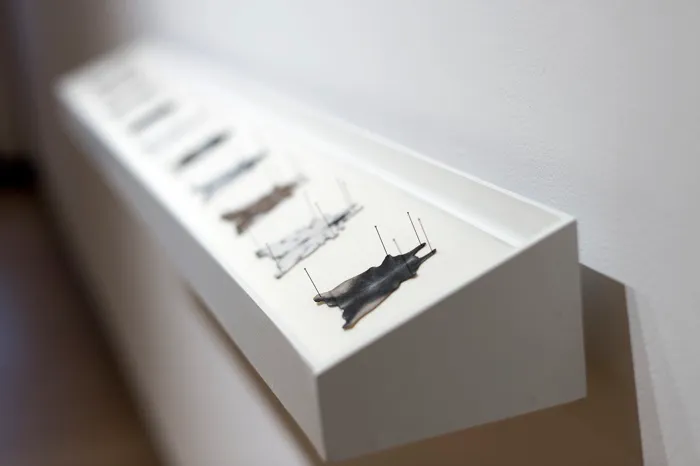
_____________
Yang Maoyuan Mongolian Horse, 2000
Horse skin, inflated, 6 skins on scaffolds

_______________
Idiots Geological Discovery II, 2012
‘Idiots uses the lower half of a bisected female lion’s body as its main material. This section of the animal’s body has been further sliced into two sections and stuffed with amethyst, aesthetically referencing a geode.’
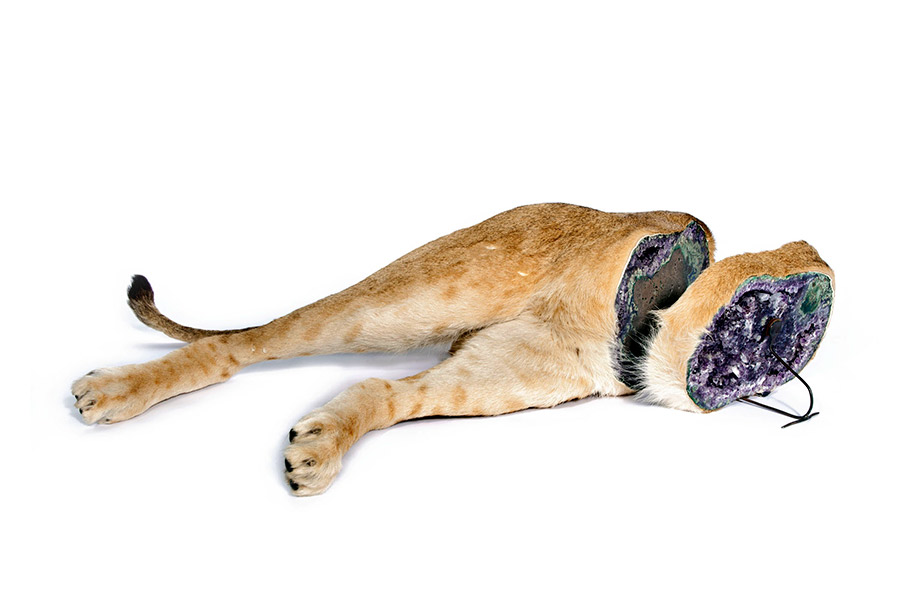
______________
Huang Yong Ping Bugarach, 2012
‘Bugarach is the name of a village in the French Pyrenees and of the mountain peak that dominates upon it, called “the upside-down mountain” because of the geological feature that has made it a natural curiosity: its lower layers are more recent than its upper ones. Since the 1970s, Bugarach – a hamlet with barely 200 inhabitants – has been a place of pilgrimage for numerous followers of New Age esotericism. The peak of Bugarach has been duly credited with various extraordinary powers. In particular, it is considered to be much frequented by aliens. It supposedly contains a central cavity – a hiding-place for UFOs, or even the matrix of a supernatural electromagnetic field that supposedly prevents planes from flying over it.’
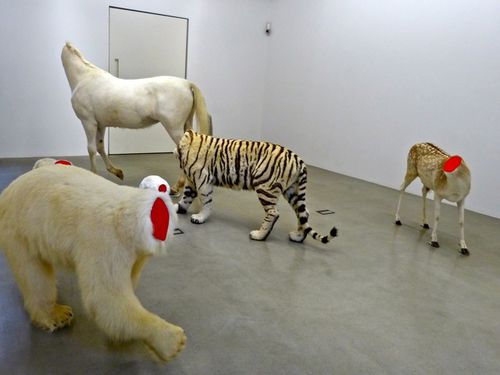


______________
Brooke Weston Ram’s Rest, 2018
‘Brooke Weston’s “Ram’s Rest” is a full body taxidermy whose tummy kisses the earth in a bond where beast is blended with a lichen-rich substrate, absorbing the moss-green color on which it sits, as if the forest essence were sipped up through unseen straws. Cavities pepper the ram’s body – including one carved into its horn – and miniatures are seen therein, provoking one to crouch-and-lean for closer inspection.’
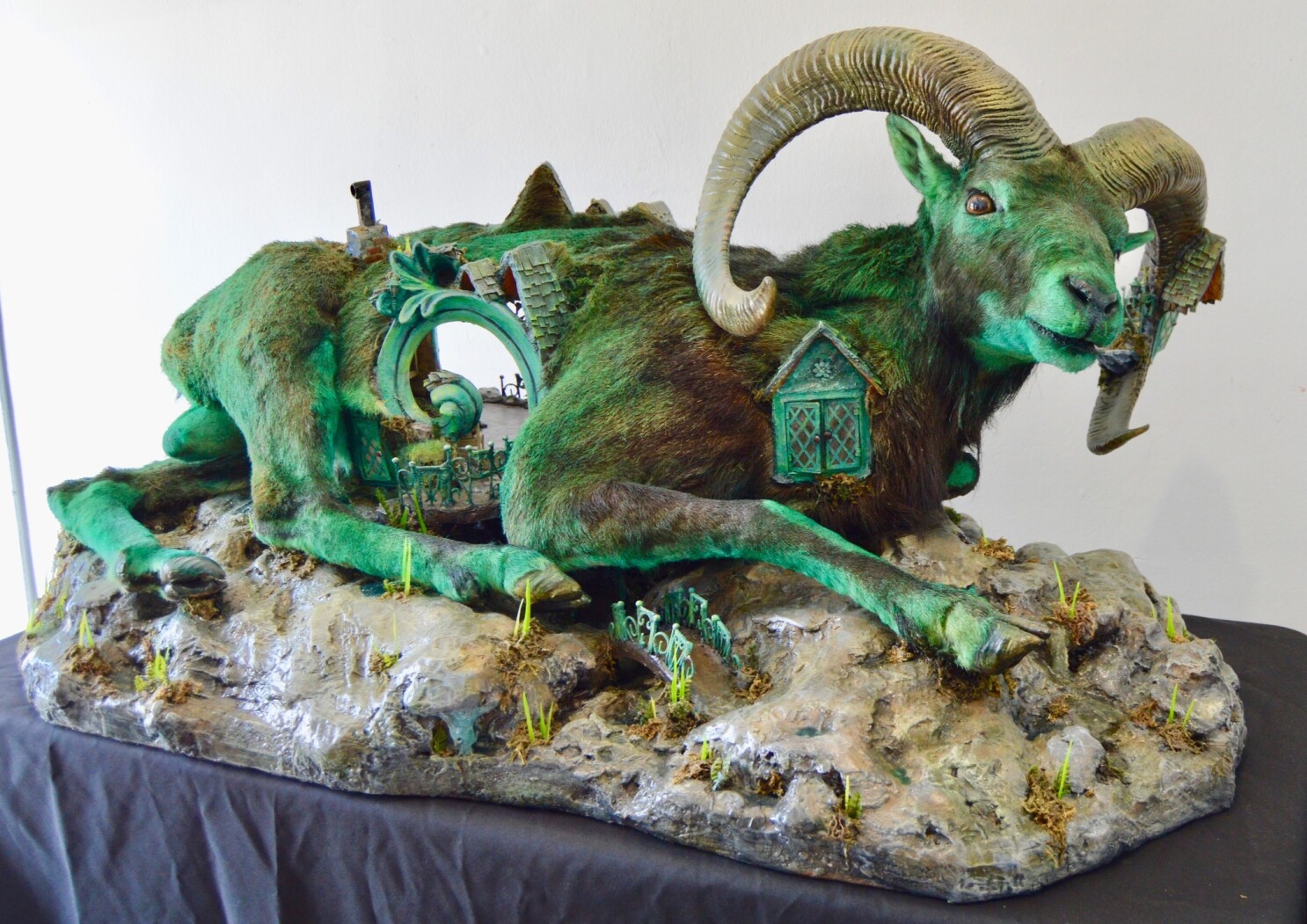
______________
Gemmy Buck the Animated Trophy, 2005
‘singing Buck demonstrates some of the songs he sings’
______________
Sandra Musy Various, 2010
Does and young wild boar, sequins, pins
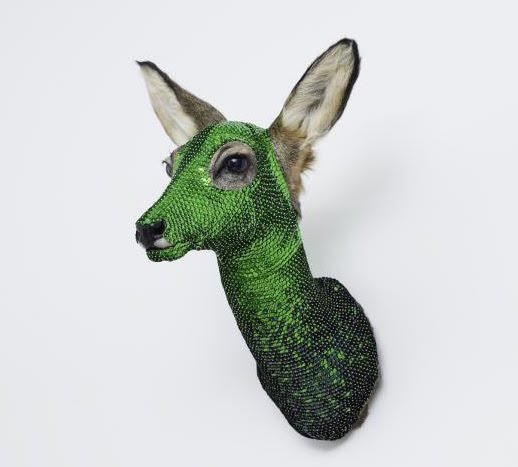
Jane Doe #2
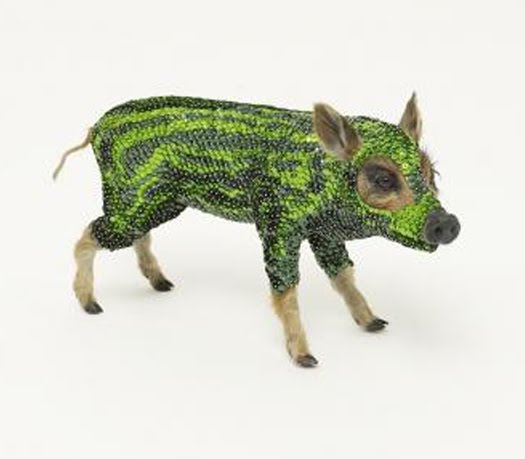
Spidercochon #1
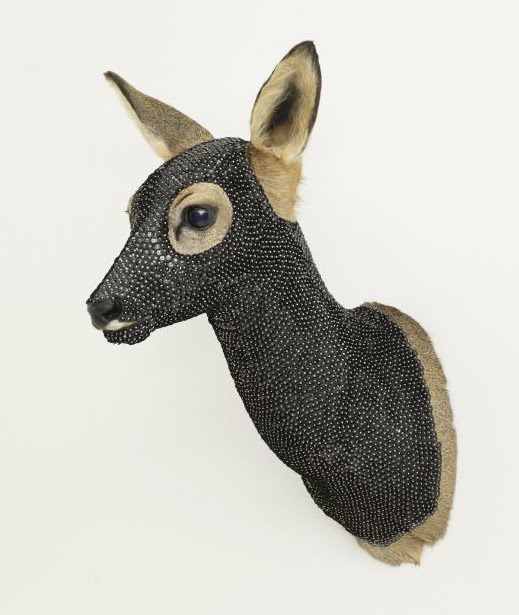
Jane Doe #1
_____________
Albert Watson Mick Jagger in Car with Leopard, Los Angeles, 1992
‘The photo was for a series for Rolling Stone magazine called the ‘Heroes of Rock ‘n’ Roll.’ The idea was to photograph Mick Jagger in a 1959 Chevy Corvette sitting next to a leopard. However, leopards can be dangerous, of course, so we had to use a “leopard” in the car to protect Jagger.’
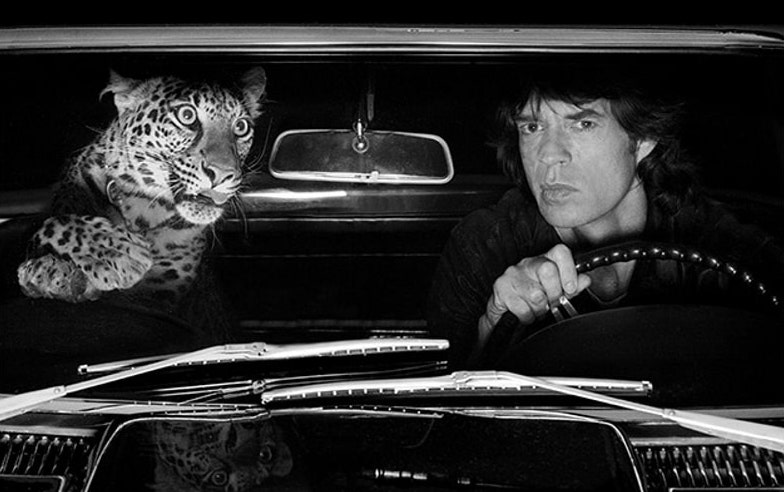
_____________
Soheila Sokhanvari Moje Sabz, 2011
‘Sohelia Sokhanvari’s taxidermied sculptures appeal to the literary genre of magic realism, in which ‘reality’ is punctured with fantastical events, revealing meanings more profound that naturalism could hope to do. Visual metaphors abound in her work that deals implicitly with the Iranian state. The title Moje Sabz speaks to the ‘Green Movement’ uprising of 2009, in which violent protesters’ demonstrations lead to the annulment of a fraudulent election result.’
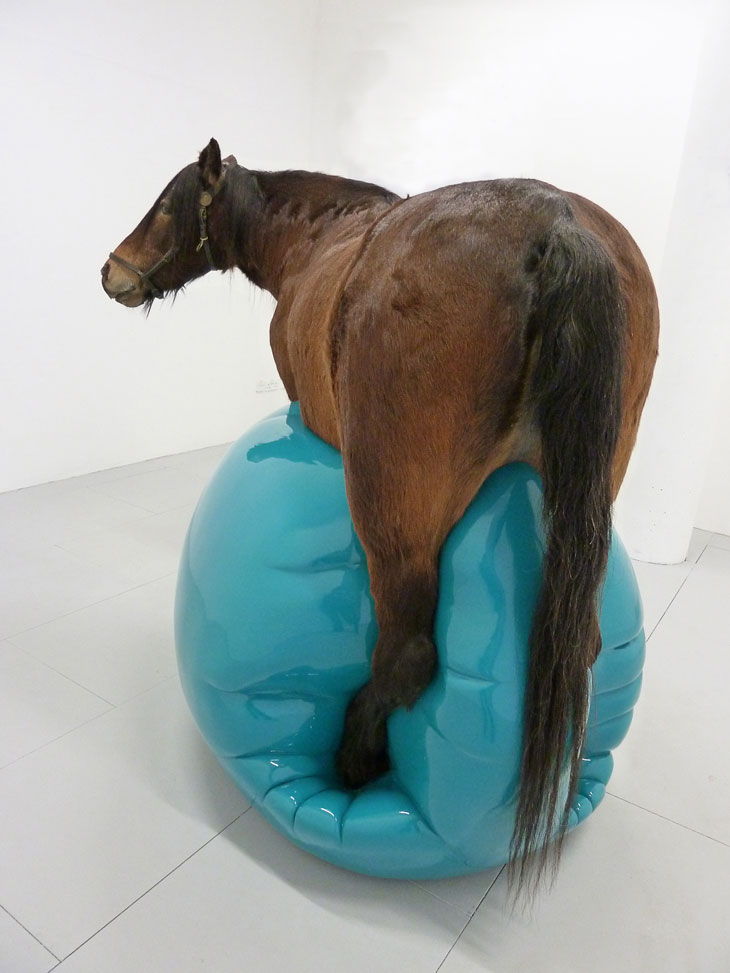
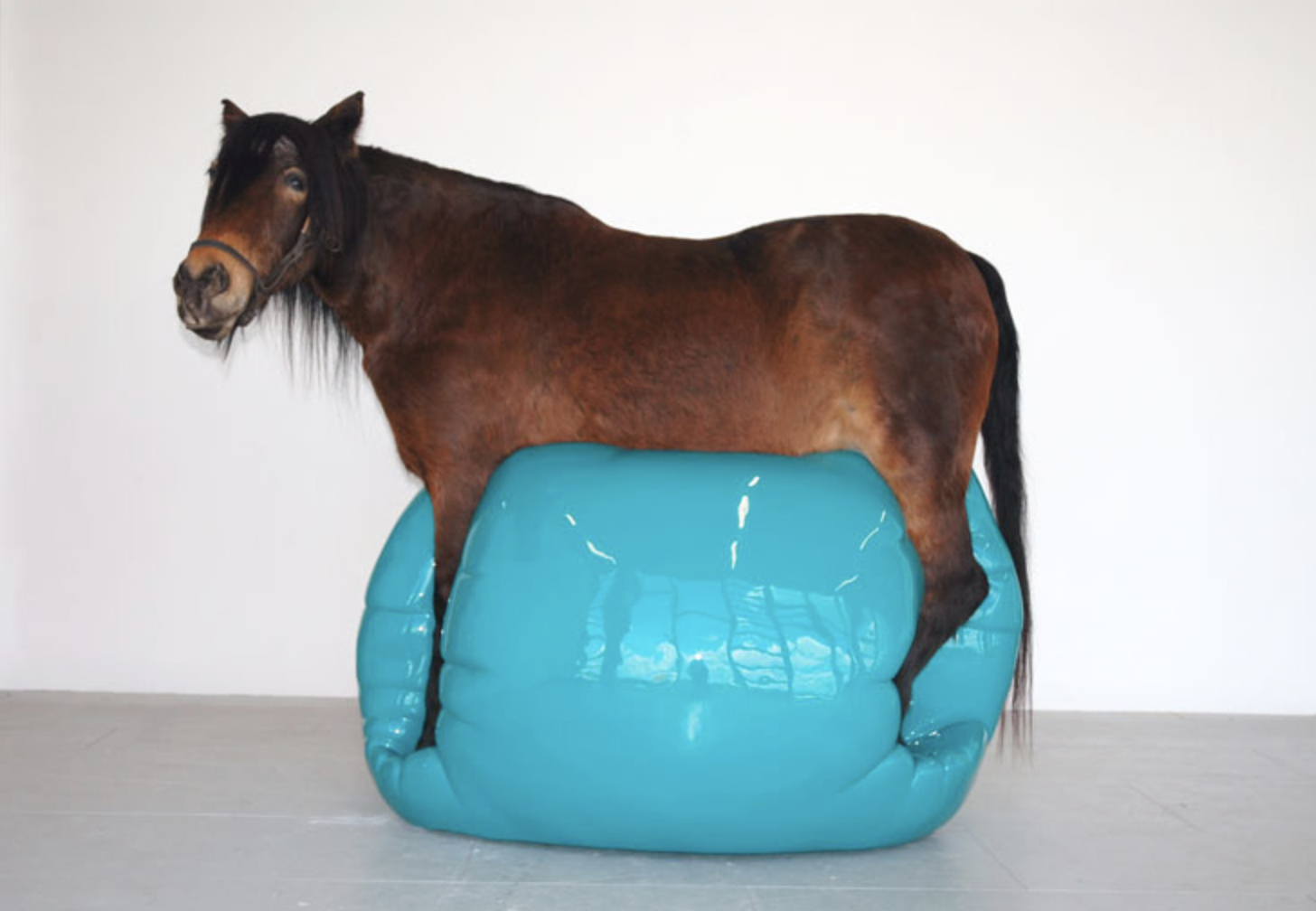
_____________
Edward and Nancy Kienholz The Caddy Court, 1986-87
‘The Caddy Court consists of a 1978 Cadillac spliced with a 1966 Dodge van to house a travelling court chaired by taxidermy animals in various states of decay. It was inspired by the US Supreme Court, which originally rode circuit from state to state hearing cases before the practice was discontinued in 1911.’
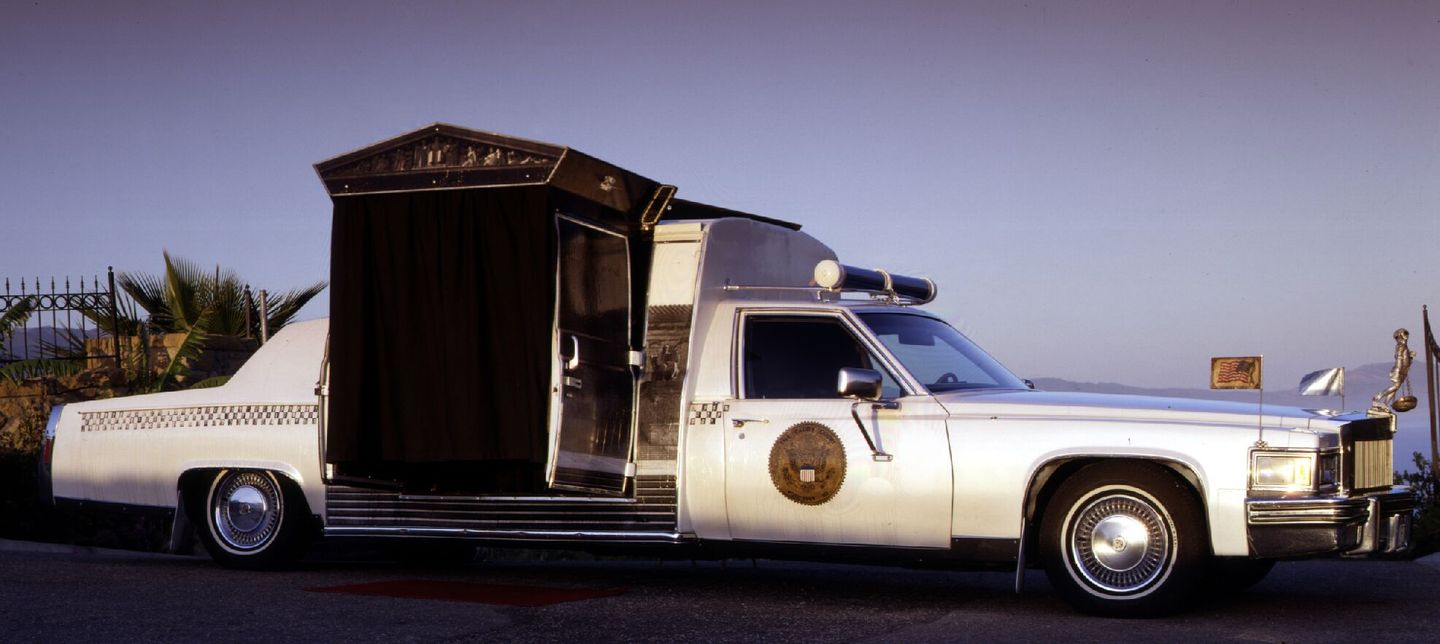
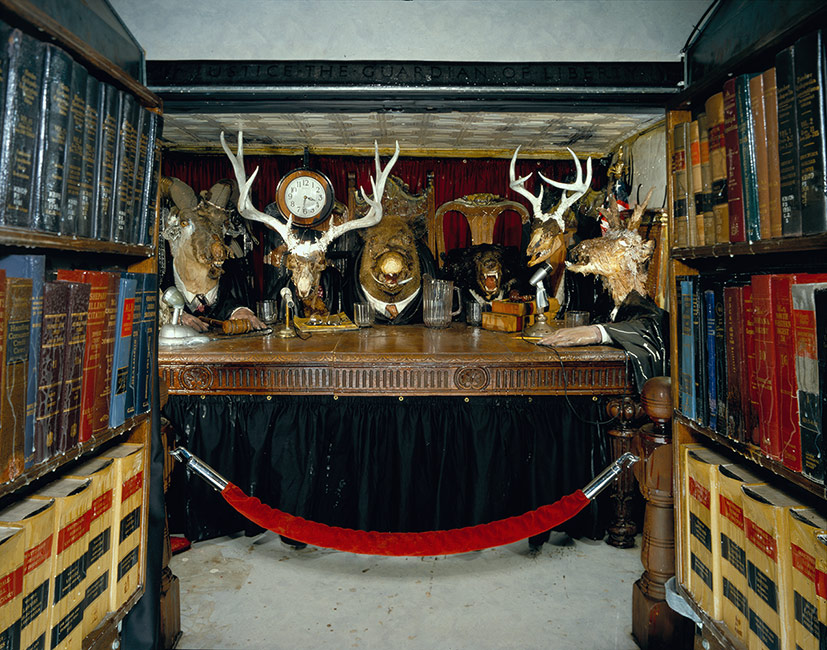
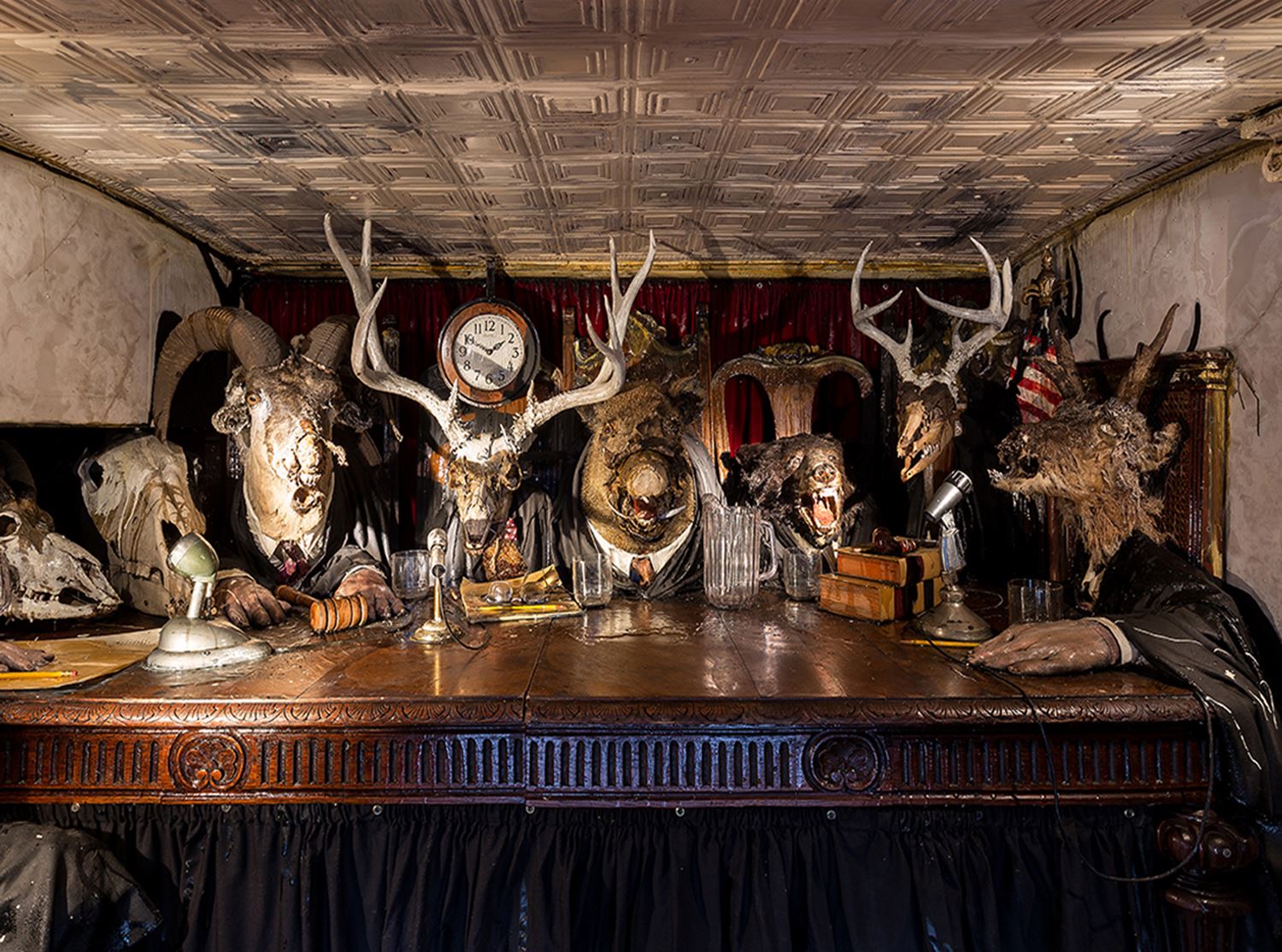
_____________
Mark Dion Monument for the Birds of Puffin Island, 2006
taxidermy rats, tar, tree
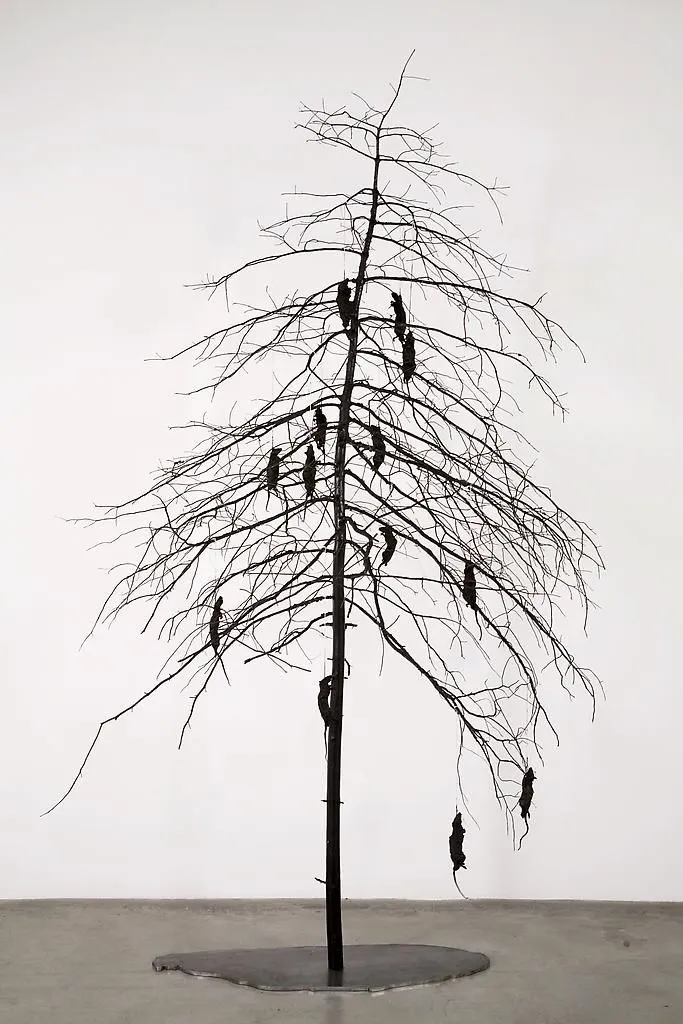
______________
Wim Delvoye Trophy, 2000
‘Trophy by Wim Delvoye, located close to the entrance of the MUDAM- The Contemporary Art Museum of Luxembourg, is a sculpture that most people quickly walk past, and if they are with children, they will shield their eyes. On busier days, I must admit that I have enjoyed sitting nearby and watching people’s reactions to Trophy. It has been interesting to see how many adults smirk or comment to those with them that perhaps this statue should be taken away. Meanwhile, many children just say “Look mommy, the deer are playing”.’
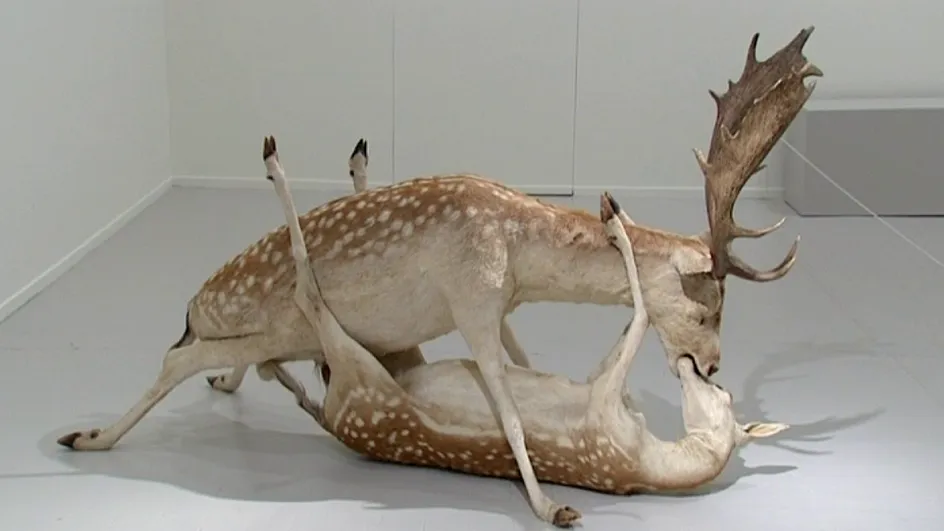
_____________
David Blyth The Woodcock, 2014
‘Coinciding with his forty second birthday David was given 42 Woodcock heads. The ideas-in-progress artwork was a way to help David formulate the questions to the answers he was beginning to have. Could we end this haunting by fashioning the heads into arrows and shooting them towards that evening’s full moon, sending them back to whence they came?’
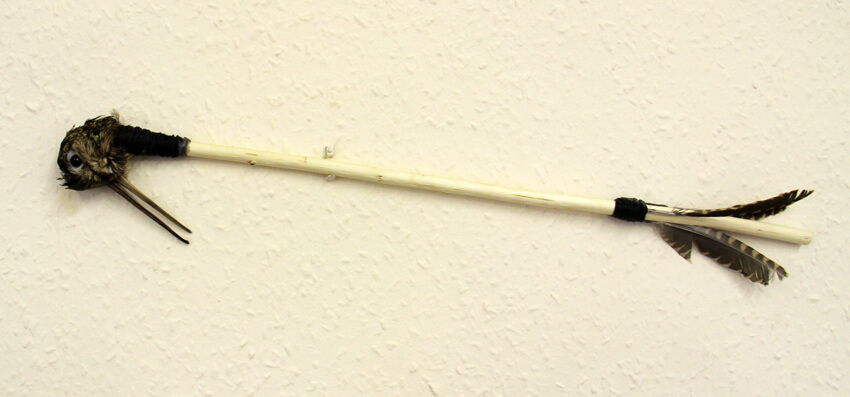
____________
Vetted Contemporary French Raccoon Plush Bench with Metal Legs, 2010
‘Contemporary French raccoon plus bench featuring numerous taxidermied raccoons to compose the seating. Grey faux fur adorns the bottom half of the bench and is completed with metal legs. This bench is a unique piece to compliment a contemporary home or children’s room.’
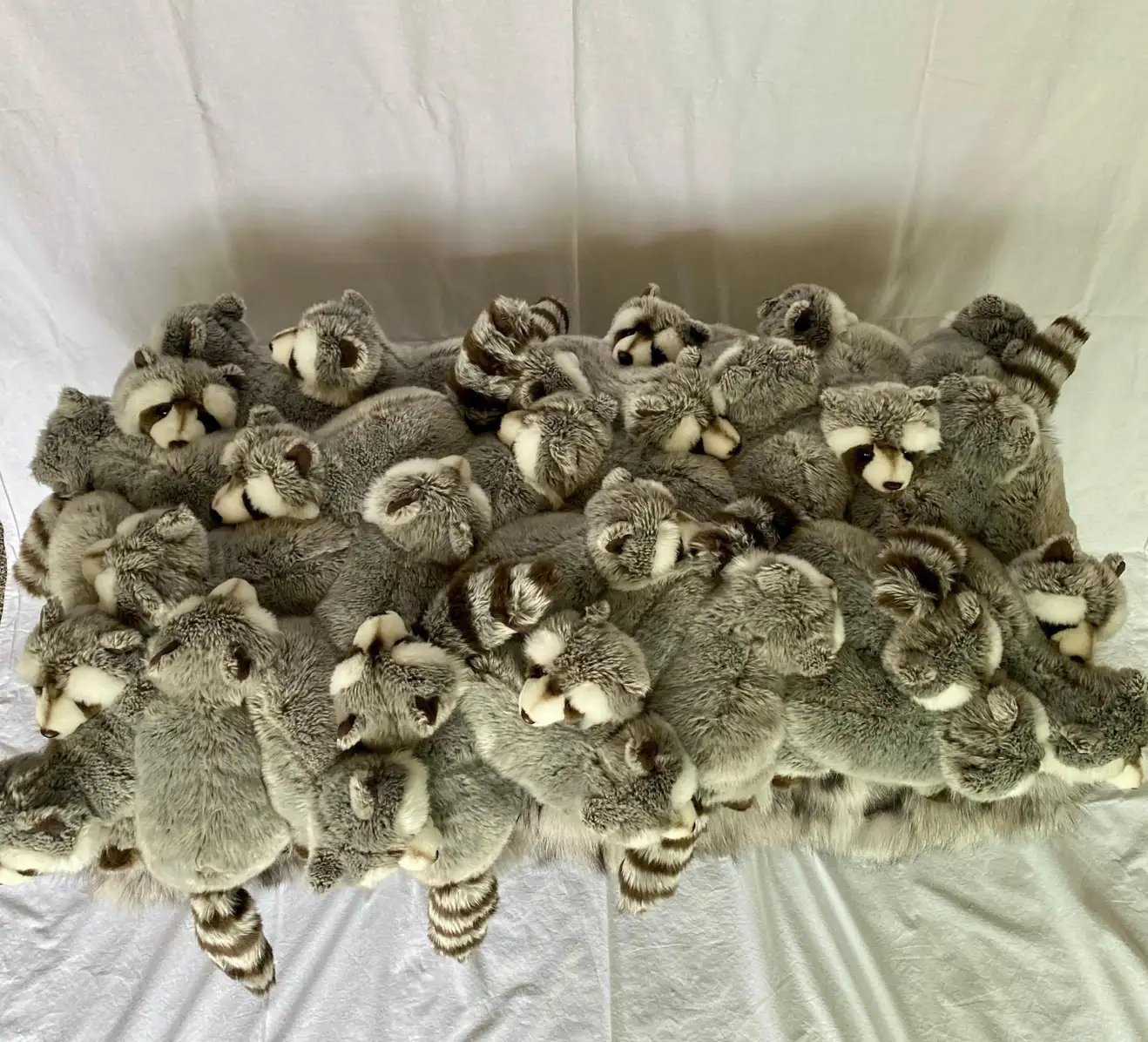
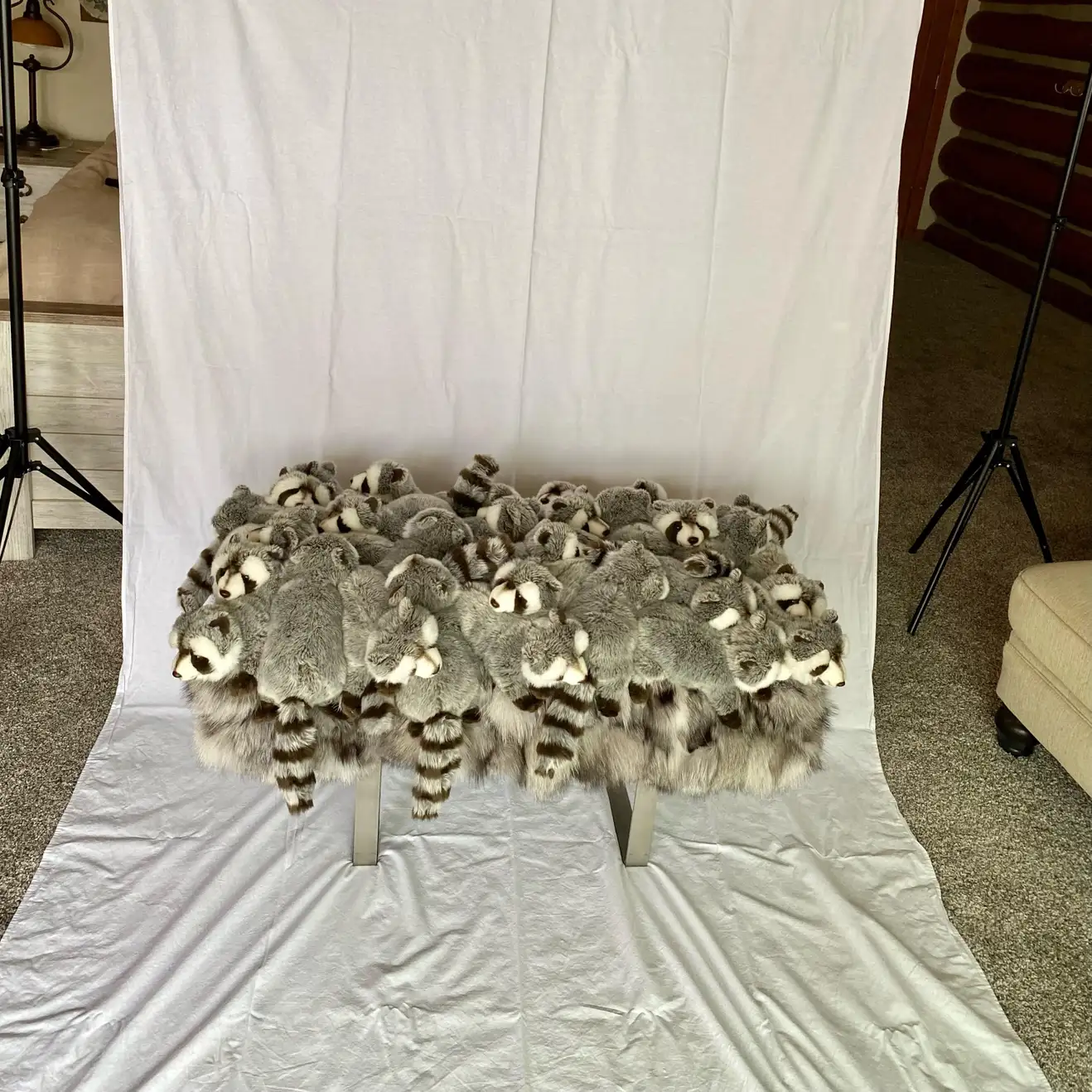
____________
Vincent J.F. Huang Polar Bear Hamburger, 2014
‘In one of his recent exhibitions, Huang created a giant Polar-Bear-Burger, featuring a polar bear sandwiched in the middle of two classic burger buns. When you consider the fact that the United Nations Food and Agriculture Organization (FAO) estimates that livestock production is responsible for 14.5 percent of global greenhouse gas emissions, while other organizations like the Worldwatch Institute have estimated it could be as much as 51 percent, does Huang’s Polar Bear Hamburger 2014 seem too extreme?’
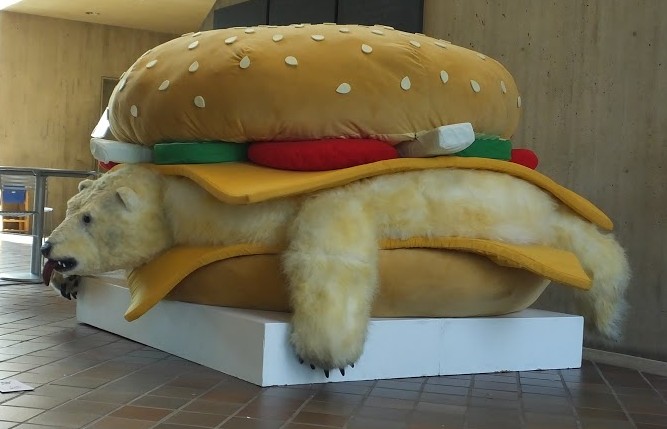
____________
Cai Guo-Qiang Head On, 2006
‘For his dramatic and impressive installation, Cai, who resides in New York, chose to fit 99 life-like stuffed wolves into a glass wall. The stuffed wolves appeared to push towards a transparent wall relentlessly crashing with full force against the glass barrier, while the rest of the animals behind continue surging forward valiantly and undeterred.’
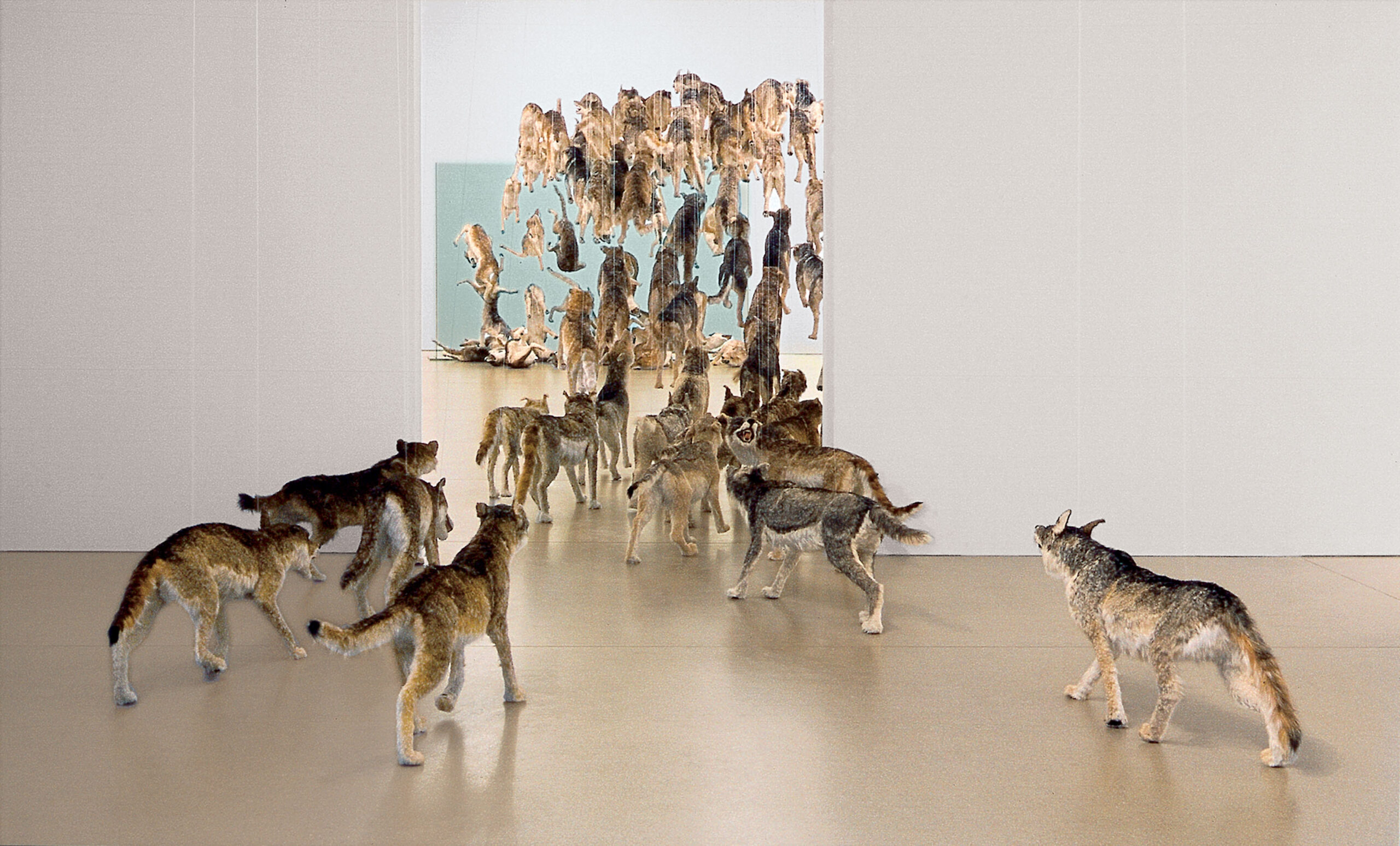
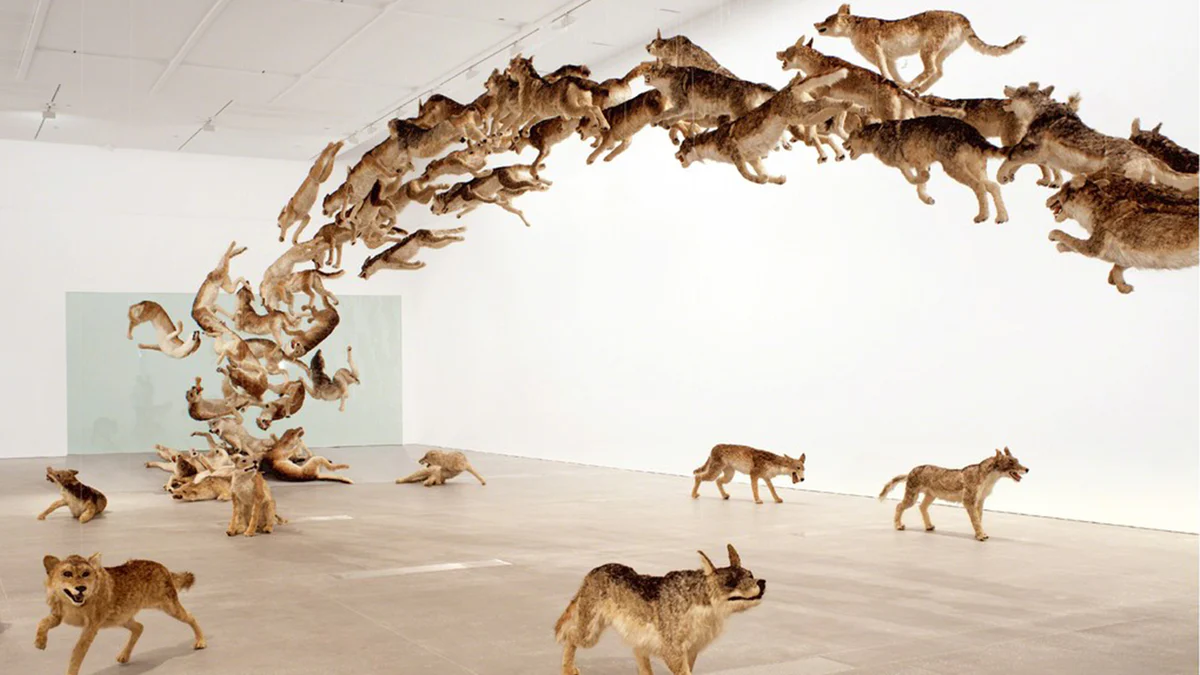


____________
Björn Hegardt and Theo Ågren Cabinet of Gravity, 2017
‘The idea and dream of levitation and weightlessness has followed mankind through the ages. Farther back in time, weightlessness was an almost mythical phenomenon with religious, magical, spiritual and psychic characteristics. Today we can achieve weightlessness in several ways, such as in free fall in planes or in a space station. If we walk on the moon, the same phenomenon occurs. Earth’s gravitation is partially nullified.’
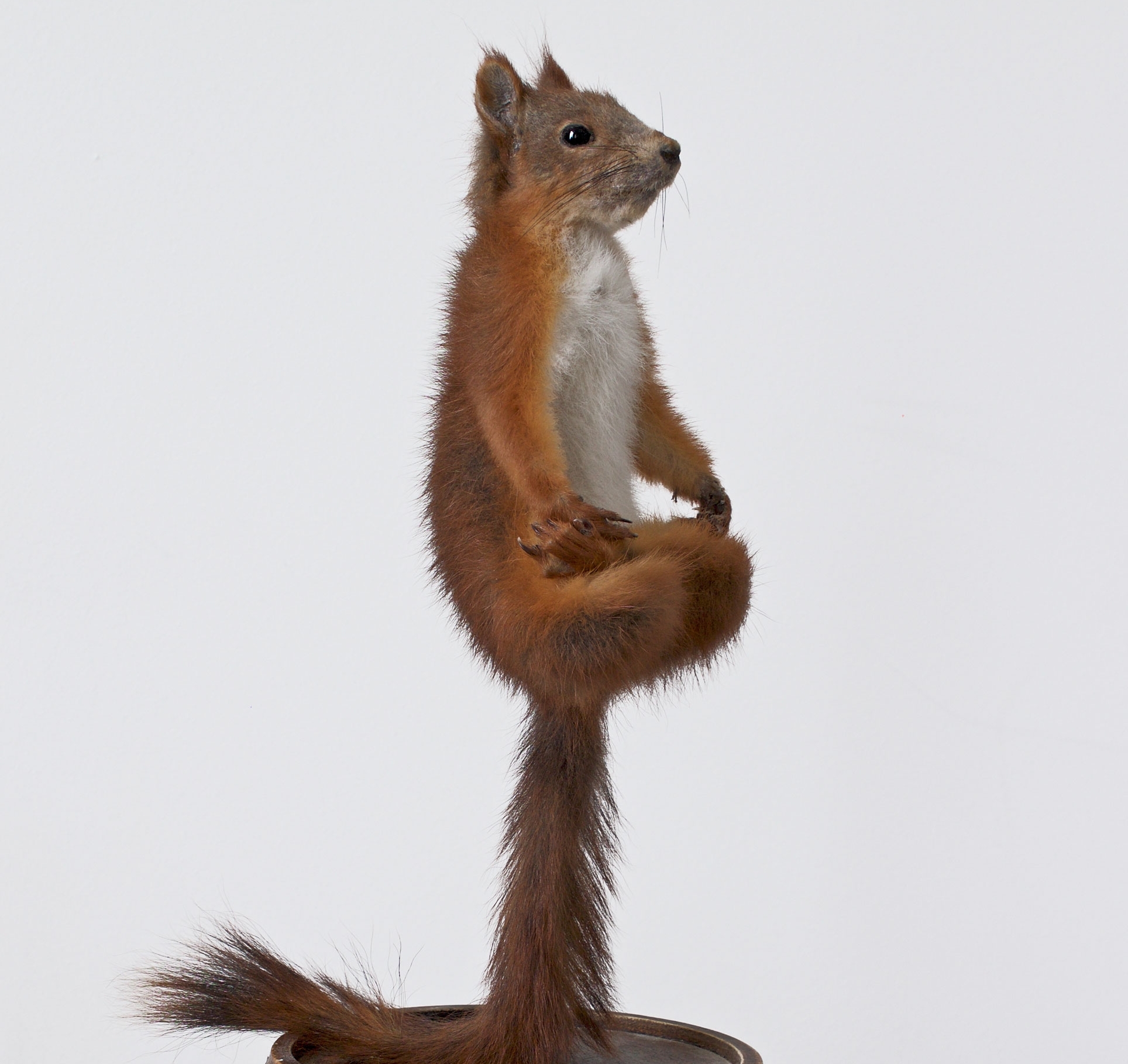
___________
Eva and Franco Mattes Ceiling Cat, 2016
Taxidermy cat
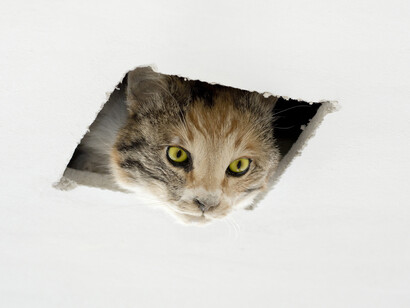
____________
Annette Messager Boarders at Rest (Le Repos des pensionnaires), 1971-72
‘In her studio in 1971-72 Messager produced The Boarders, a series of works that featured taxidermized sparrows that she posed in different vignettes. In one piece, dozens of them appeared to sleep peacefully in little knitted sweaters.’
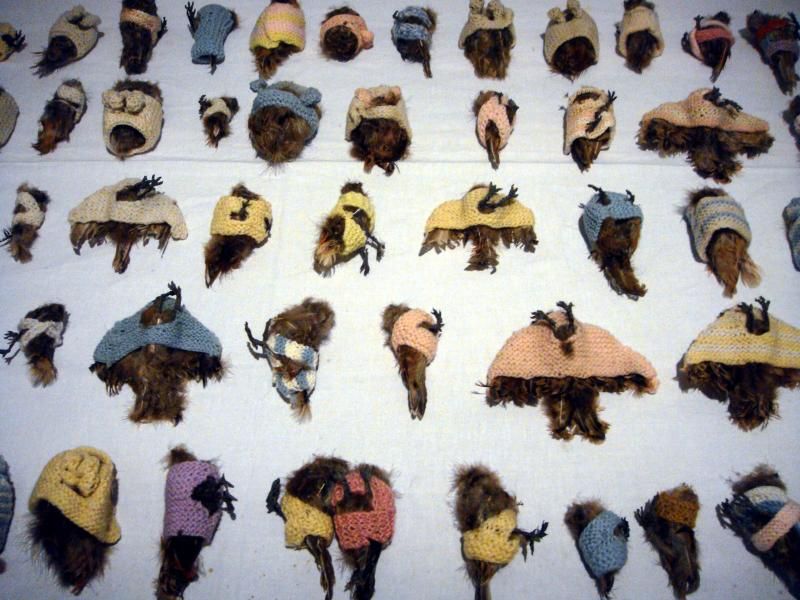

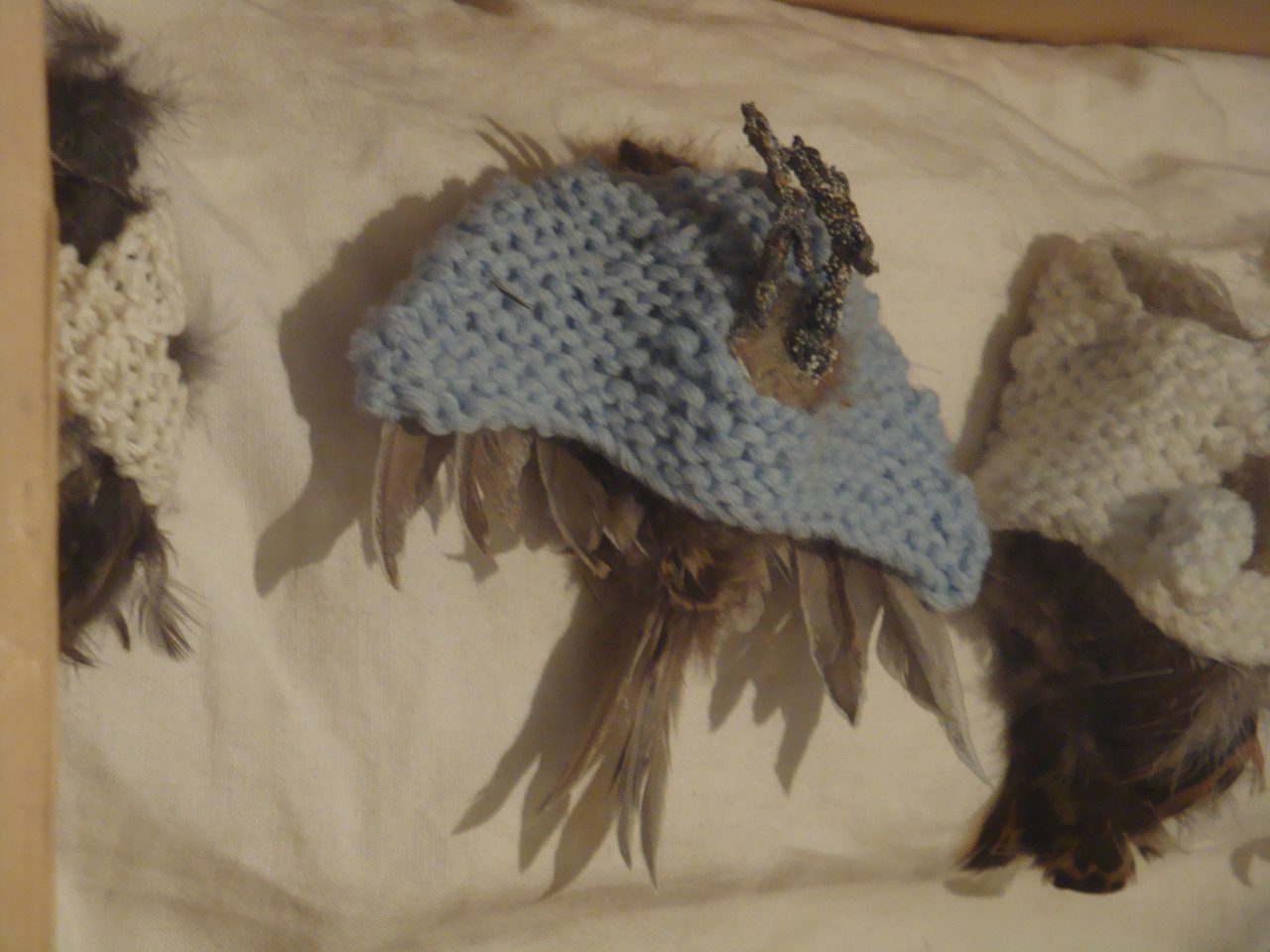
_______________
Daniel Firman Nasutamanus, 2012
Elephant skin, fiberglass, polymer, metal

_______________
Robin Kid Various, 2016 – 2017
oil-painted silicone, various materials, taxidermied animals
![]()
Back to School
![]()
Michael Jackson for President
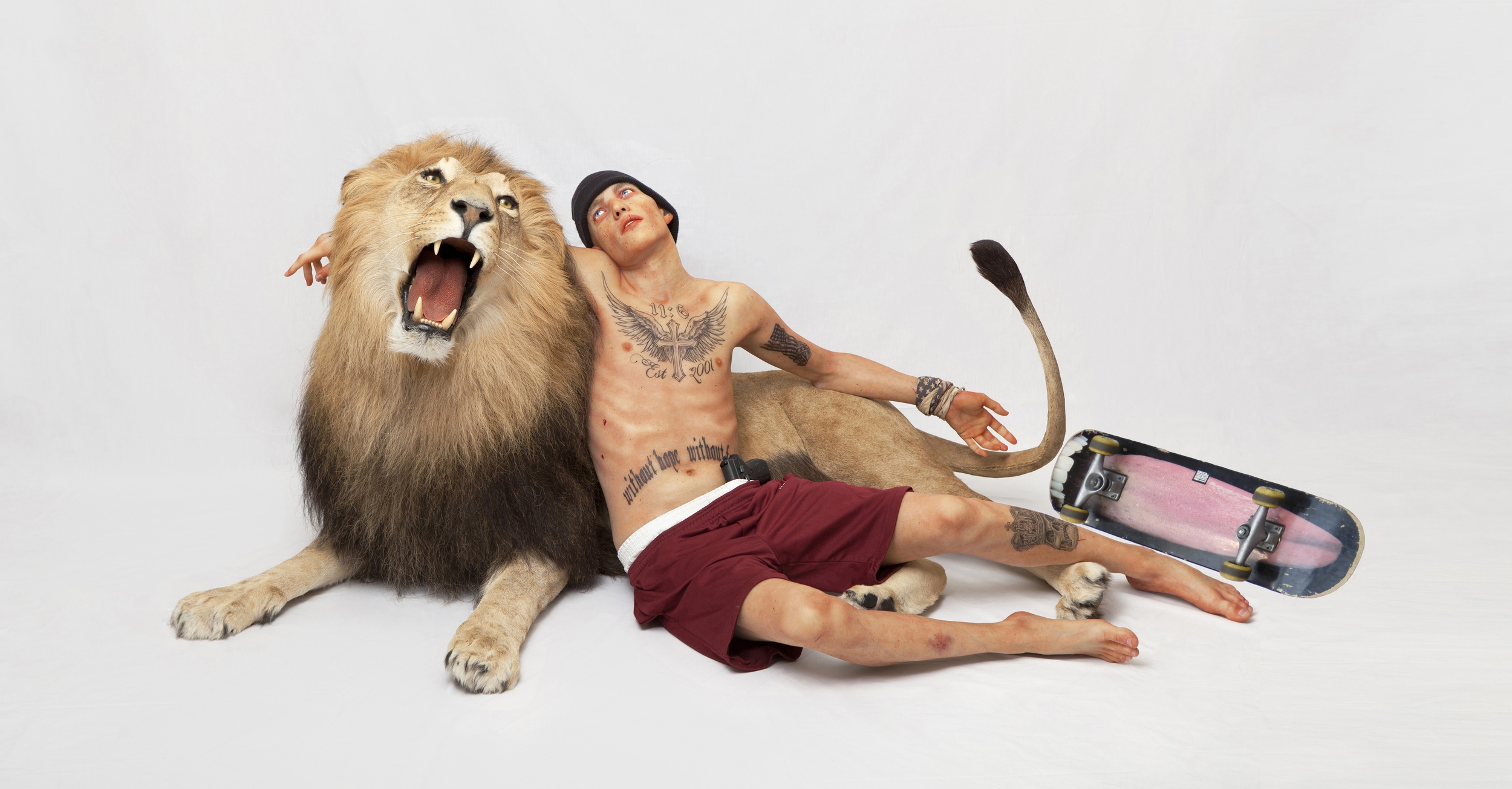
Rise and Rise Again Until Lambs Become Lions
_______________
Ryan Gander I… I… I…, 2019
‘With I… I… I…, Ryan Gander stages an animatronic taxidermy mouse with a stutter, nestled in a hole in the wall, surprising visitors as they wait for the elevator. Trapped in its animated “loop”, this unlikely mouse, condemned to live cycle after cycle of the same experience to the point of exhaustion, encourages us to think and even smile about our own condition.’
_______________
Kirsha Kaechele Eat the Problem, 2019
‘One of Australia’s most renowned museums has come under fire, accused of glamorising “animal torture” with an interactive exhibition that features graphic imagery of a deconstructed rabbit. Tasmania’s Museum of Old and New Art (MONA) on Tuesday spruiked American contemporary art curator Kirsha Kaechele and her controversial ‘Eat the Problem’ exhibition, which is due to open to the public next month.
Despite mounting public anger, MONA adamantly defended the display, telling Yahoo News the concept of eating “invasive species” is far more sustainable than just killing them off. “We know it’s not for everyone, but eating or finding other uses for an animal that wreaks havoc on the native environment is more sustainable than simply culling them, and far more sustainable than the meat most people eat,” the spokesperson said. “It is interesting that chicken nuggets – the embodiment of animal suffering and environmental degradation – appear on billboards across cities and no one makes a fuss.”
‘The exhibition, which features a cook book as well as musical and spiritual elements, boasts the creation of delicious feasts through “impossibly sumptuous courses of invasive species”, including the likes of sweet and sour cane-toad legs, fox curry and dead rabbit.’
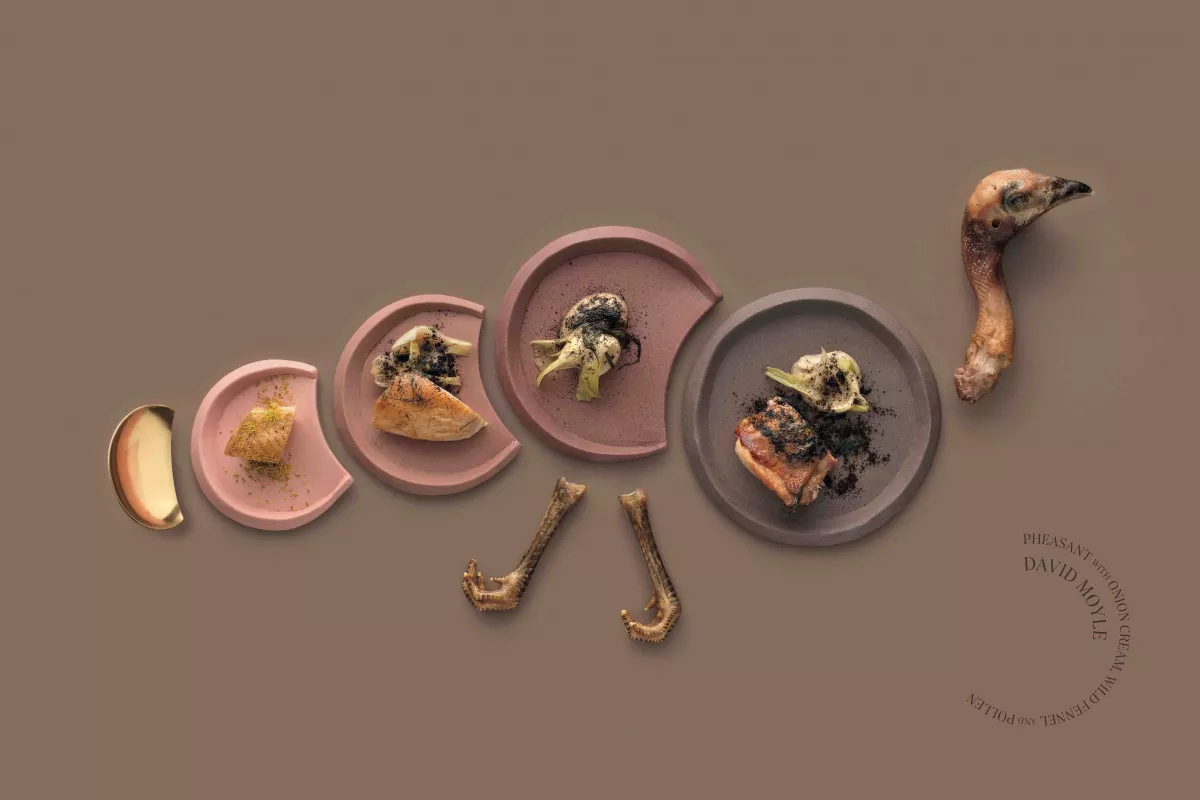
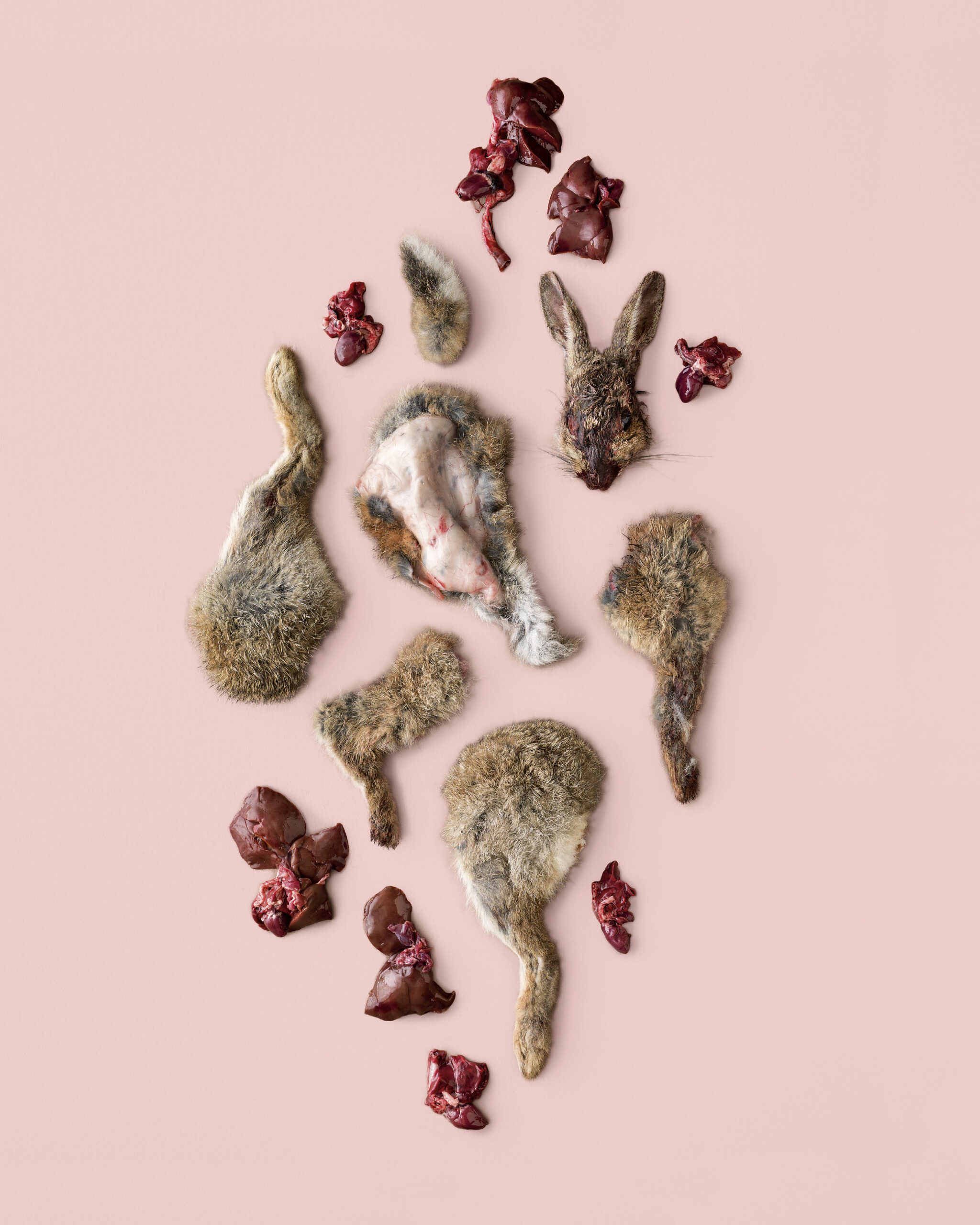
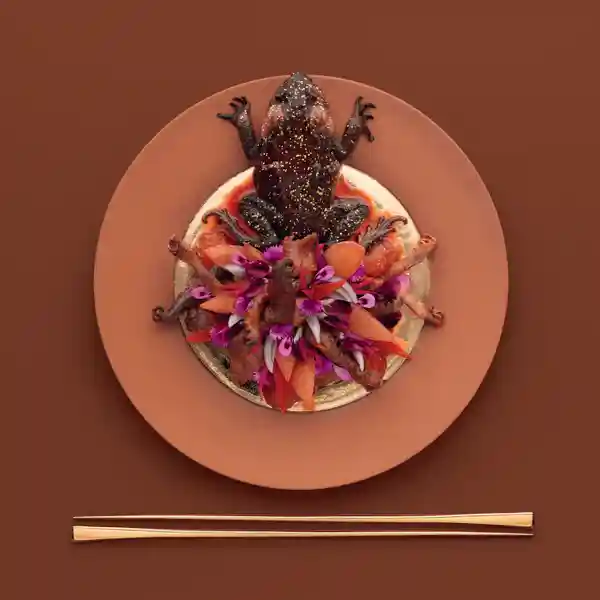
_______________
Peter Friedl Zoo Story, 2007
‘Zoo Story was one of the most popular art works at Documenta 12 and was a central photograph in many of the articles reviewing the Documenta. It’s clear that the sad looking nine-year-old giraffe, which died under tragic circumstances in Palestine in 2003, was a great attention drawer. There is clearly a gimmick: a badly stuffed childish animal with a heroic life story is of course an attention-grabber. But there is nothing wrong with a gimmick, if behind the gimmick lays a deeper meaning. And this is where my uncertainty comes. According to the catalog, the artist wanted to “trigger a narrative distinct from the stereotypical impotent media images”; on the surface he managed to do this – we don’t really see many giraffes, talk about zoos, or even think about children’s leisure time, when the media deals with Palestine. But many visitors to the Documenta did not even know the giraffe’s tragic history, or had any idea about Qalqiliya being a town in Palestine. Friedl said that he views the giraffe as a sculpture that can and should help visitors invent stories to go along with it. I feel, that that might be asking too much from the visitors. If the story of the journey, the documents of request, the permits, the descriptions of the giraffe going through the check points were also presented, it would have given the work a whole new layer of meaning. But Friedl was not interested in showing us the whole amazing story of how the giraffe came to Kassel. He is interested in the “miraculous metamorphosis of (turning) the dead giraffe into an idea”. This he has done very successfully, but now that it is no more a giraffe, we must deal with the Idea, and as an idea, what is it saying? Is this giraffe-idea dealing only with narrative, and/or perception? Is it touching the Palestinian story in a fresh non-impotent medial way?’
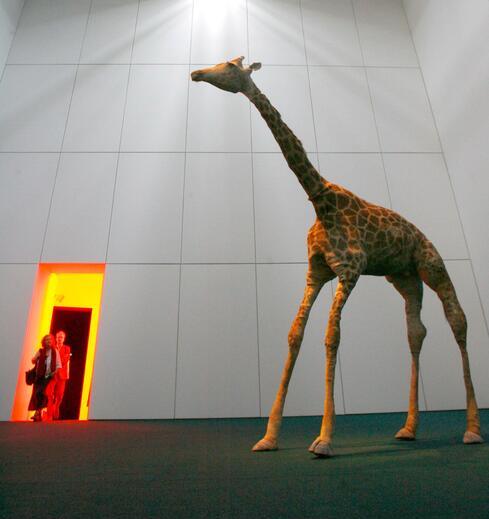
*
p.s. Hey. ** Dominik, Hi!!! Oh, fuck about your brutal heat. According to the weather forecast site I tend to check, tomorrow will be your worst day and then it’ll drop 8 degrees on Sunday and then drop to a relatively divine 24 degrees on Monday, so hang in there. No, we’re shooting the film in Southern California. Originally we were going to shoot it in France in French, but the script didn’t translate well, and no funding organisations here understood at all what we were planning to do — ‘home haunts’ are completely unknown here — so we reverted to English and chose the LA area because Zac and I have a lot of connections there. The casting of the performers is extremely interesting. That’s when the film starts to become a real thing — when the characters have actual faces and presences and personalities. It is tough because Zac and I are looking for particular qualities that have almost nothing to do with acting ability. We want the performers to just be the characters with some shaping and fine tuning on our part during rehearsals. We usually know if someone’s right immediately without even talking with them too much, but we can’t pay a lot, and it’s hard work, so there’s a lot of luck/hope involved. I guess when we go to LA and meet with people in person and explain stuff like how long it will take and where we’ll shoot and stuff is when we’ll know if they’re willing. Completely different person indeed (JA), like no trace left at all that I could see. Ah, aging! Enjoy your time with Anita, and I hope that happens and that you guys can find good hiding places from the sun. Ha ha, I always open and read those spam emails just to be absolutely sure. Love noticing a button on a wall somewhere that has the word ‘Go’ written next to it and having idea what that means and pushing it, G. ** Tosh Berman, Hooray! ** Bill, Hi, Oh, good, I’m really glad you liked it. And in the teeny tiny edition, no less. I think his earlier book, ‘Rene Ricard 1979-1980’, which is back in print too, and which my Little Caesar Press distributed for a while upon its first release, is even greater. ** _Black_Acrylic, Awesome, thank you so much, Ben! Very excited! ** Steve Erickson, Uh, oh, watch out, TV can eat your time alive, or that’s my theory, but congratulations! ** David Ehrenstein, Philip Larkin! I haven’t thought about him in ages. Thanks. ** Brendan, Hey, B-ster! Thanks for being and chiming in. How are you? How did the fashion shoot work pan out? Love, me. ** Okay. The blog hasn’t done a taxidermy thing in, gosh, a long time, so I’ve gotten us up to speed today. See you tomorrow.
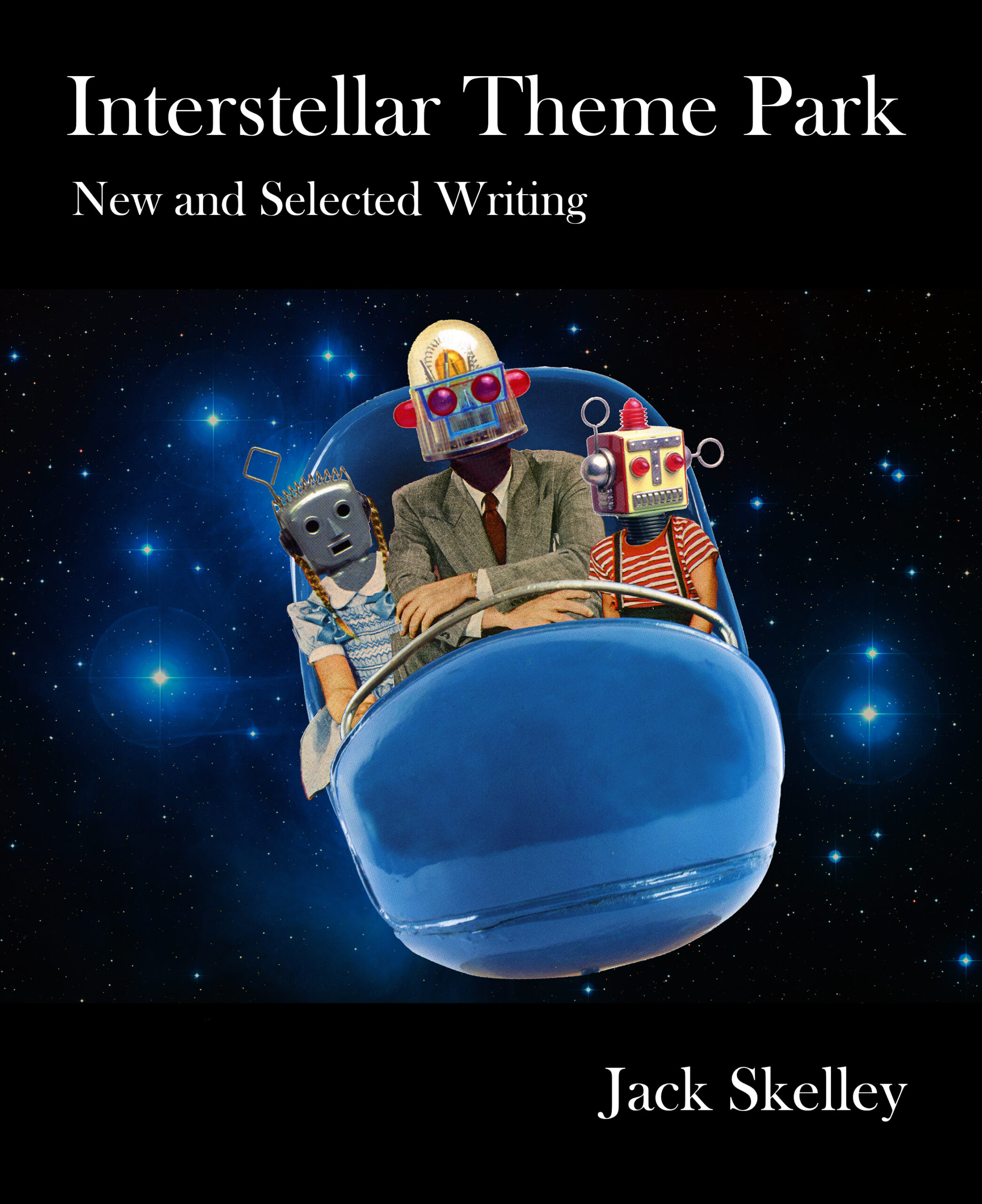

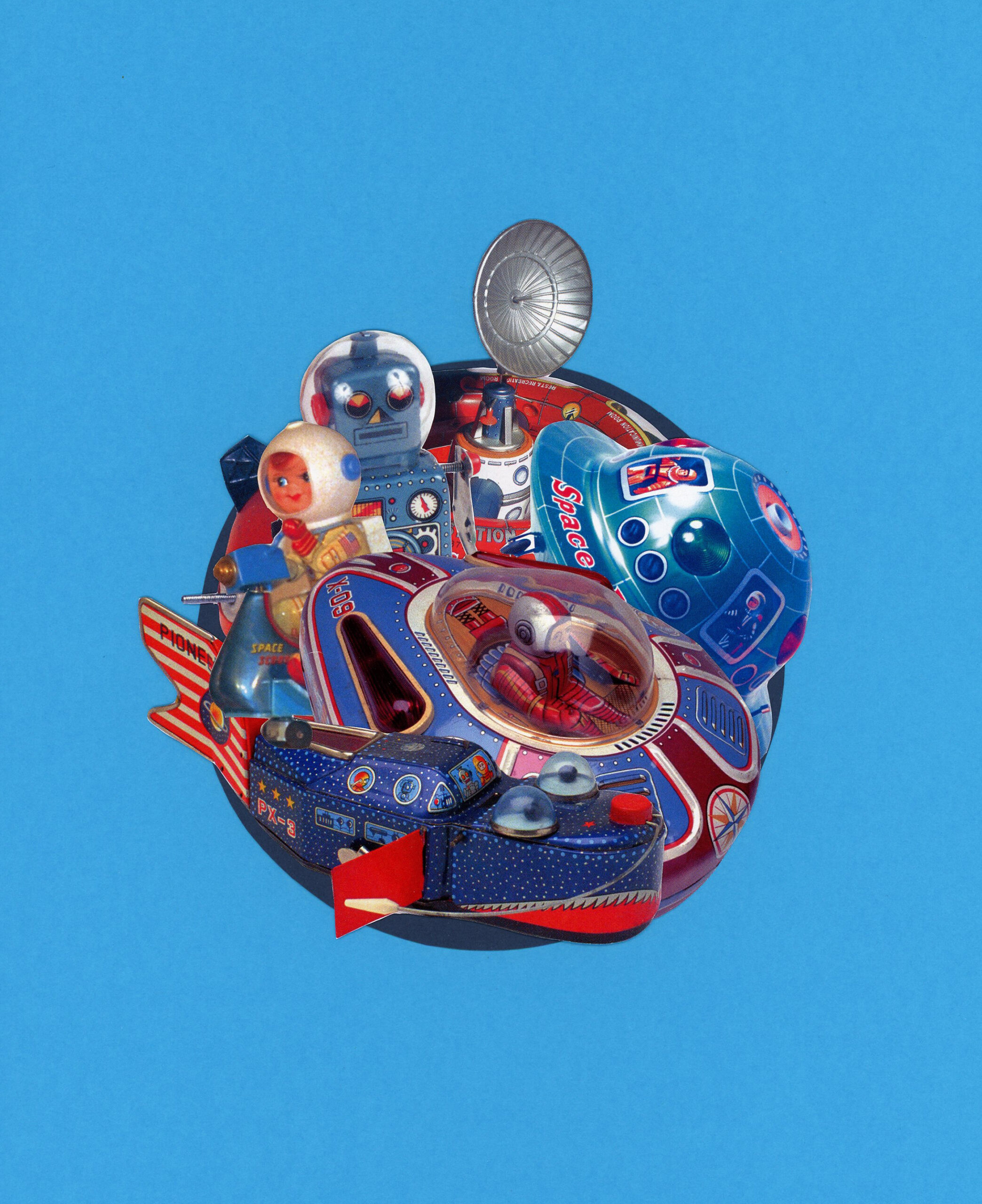
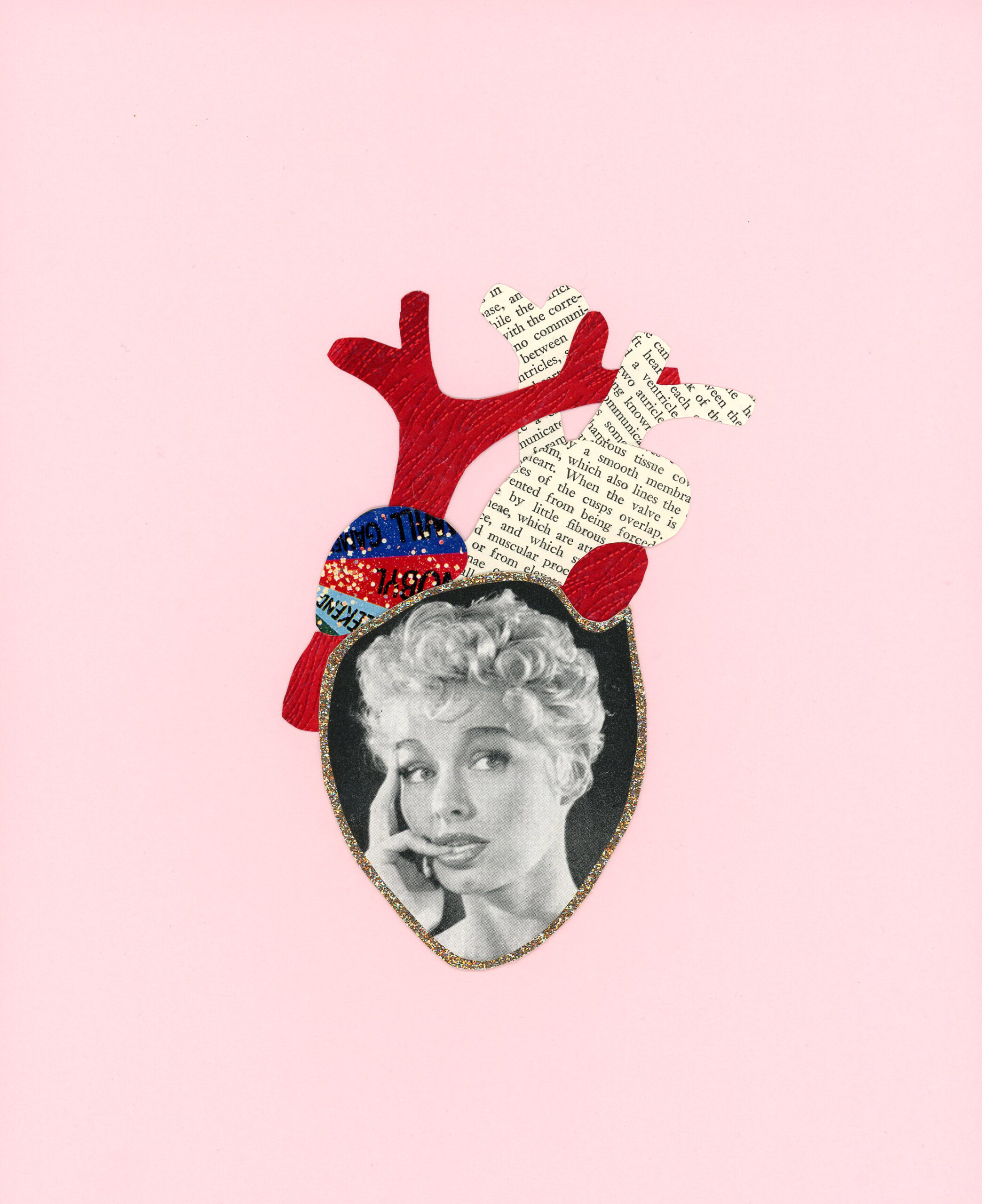
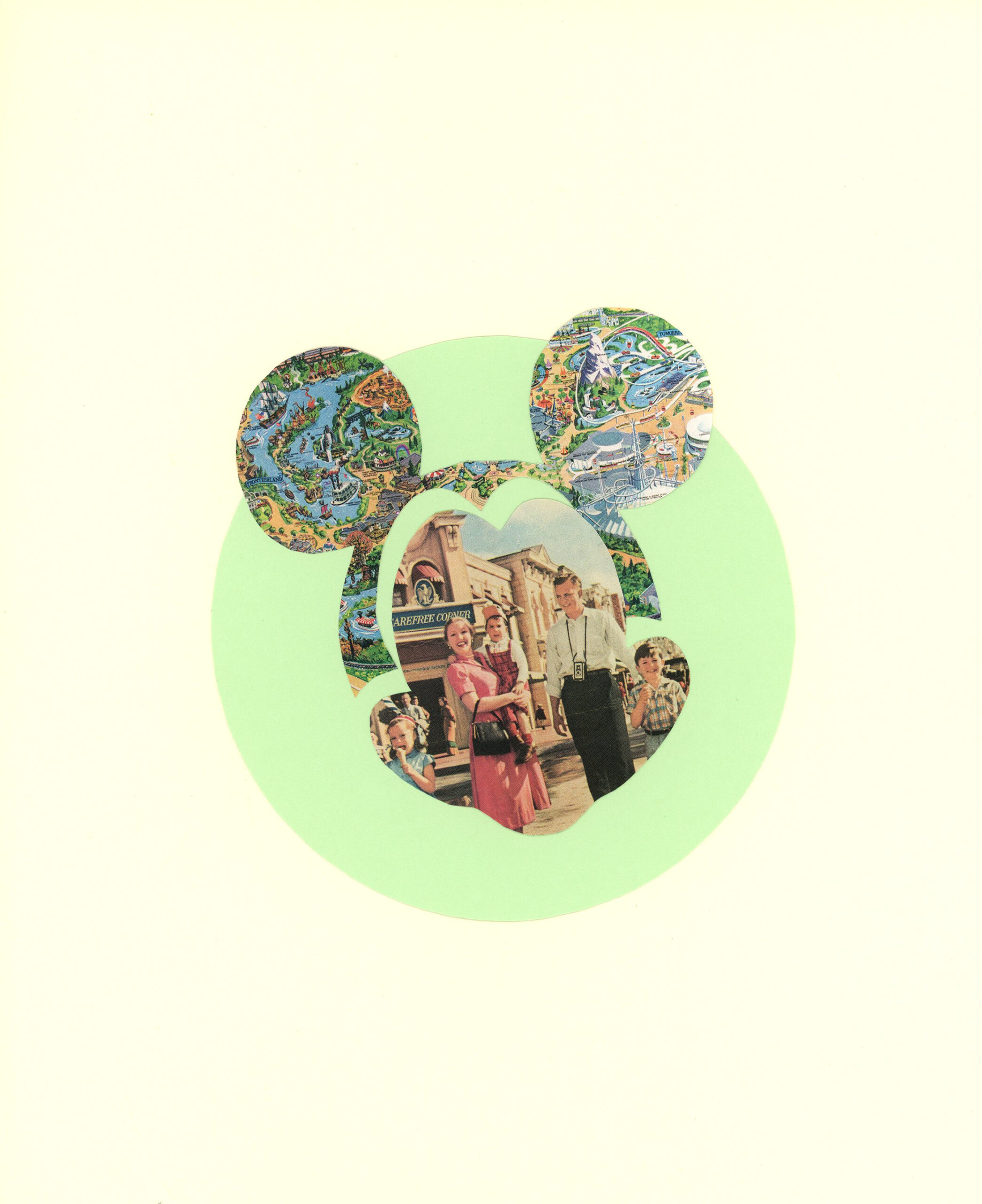
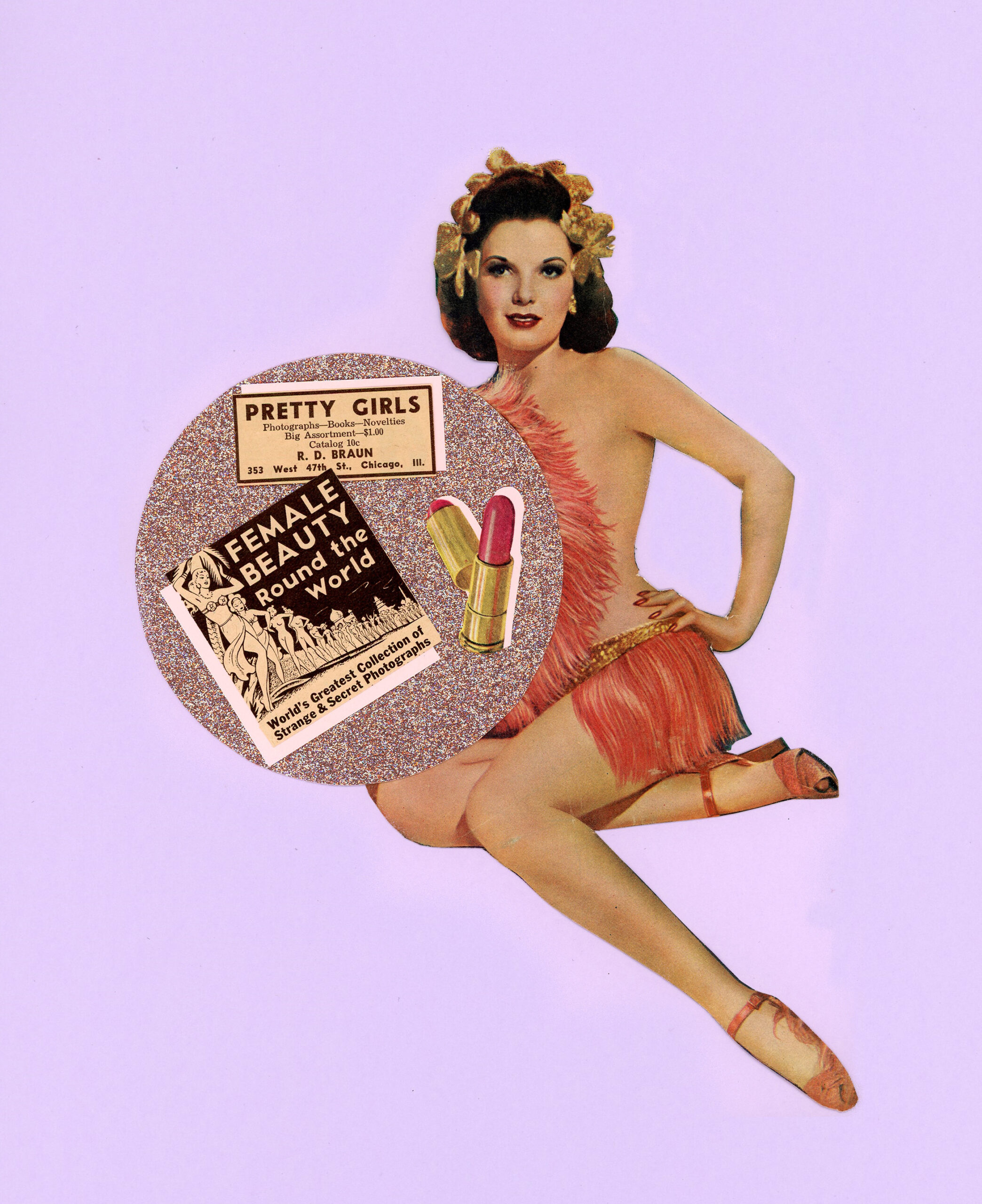
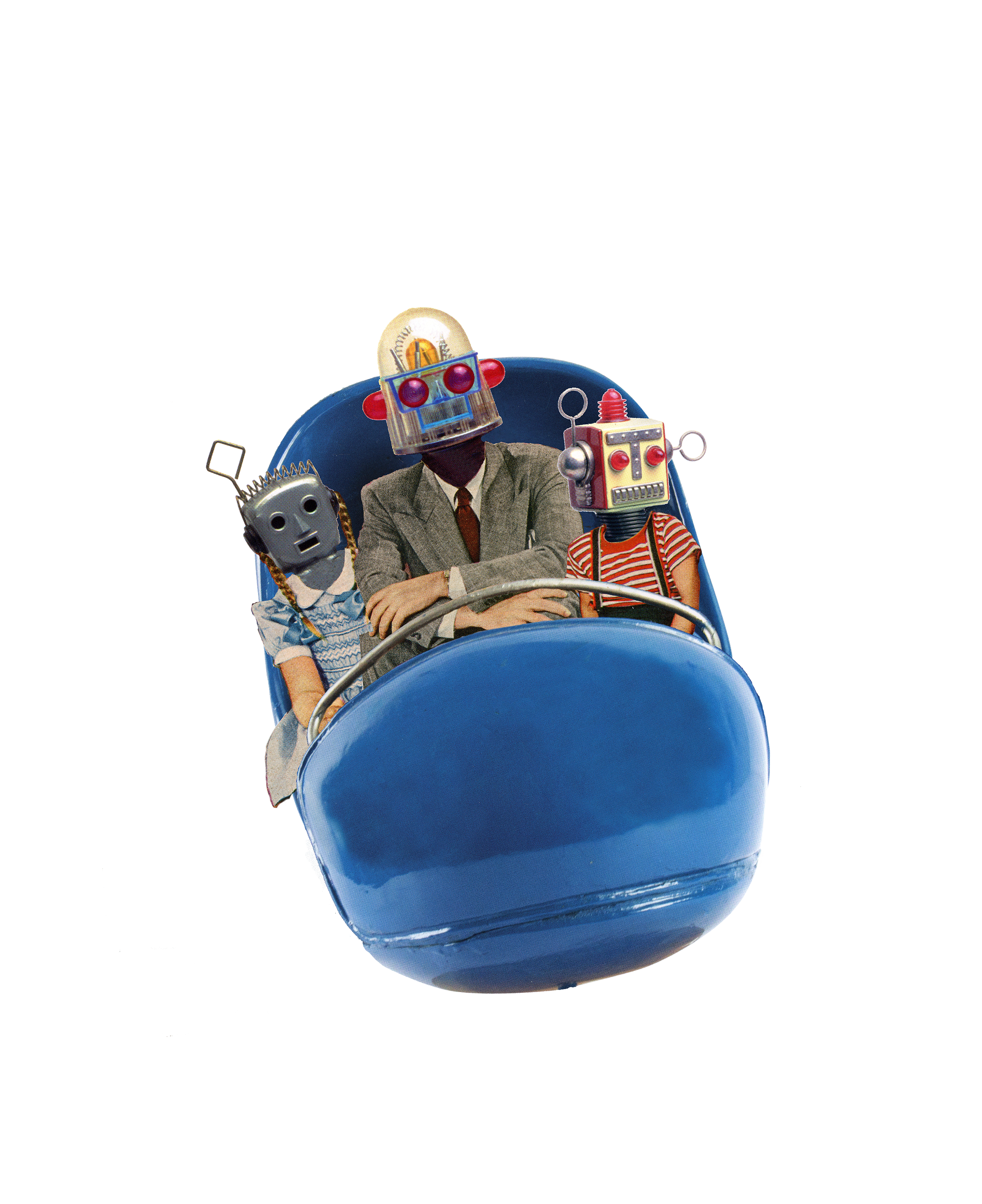




 Now available in North America
Now available in North America 